I visited the famous Real Alcázar de Sevilla and its magnificent garden last May, in the first week of the month, in a sunny hot day with 38 degrees and a bright light, that kind of light that even discourages the professional photographers. So, I took fewer photos but watched more, and I felt deeply the beauty surrounding me.
The whole experience was all the more intense as it brought me a double delight: amazing architectural details, a symphony of interior decoration colors supported by the famous Andalusian ceramic tiles, culminating in the splendor of garden.
The palace is renowned as one of the most beautiful in Spain, being regarded as one of the outstanding examples of Mudéjar architecture found on the Iberian Peninsula. The upper levels of the Alcázar are still used by the royal family as the official Seville residence and are administered by the Patrimonio Nacional. It is the oldest royal palace still in use in Europe, and was registered in 1987 by UNESCO as a World Heritage Site.
Known as the Royal Alcazar, Seville’s Royal Palace was originally a Moorish fort built in the 10th century by the first Caliph of Andalucia. The construction of the current Royal Alcázar began in the 14th century. It is the best example of Mudéjar architectural style in Spain, although plenty of Islamic, Gothic, Renaissance and Baroque elements can be found as well.
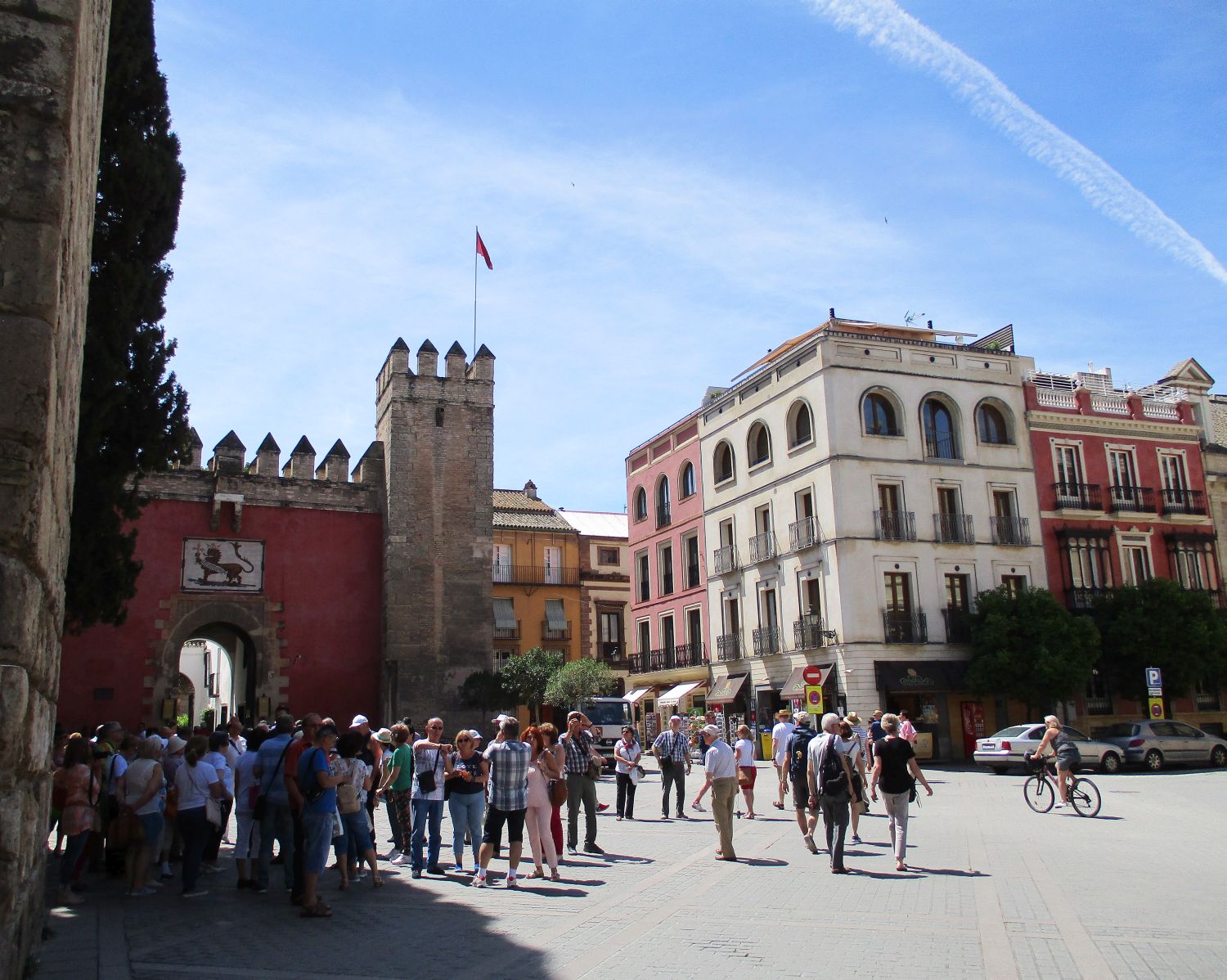
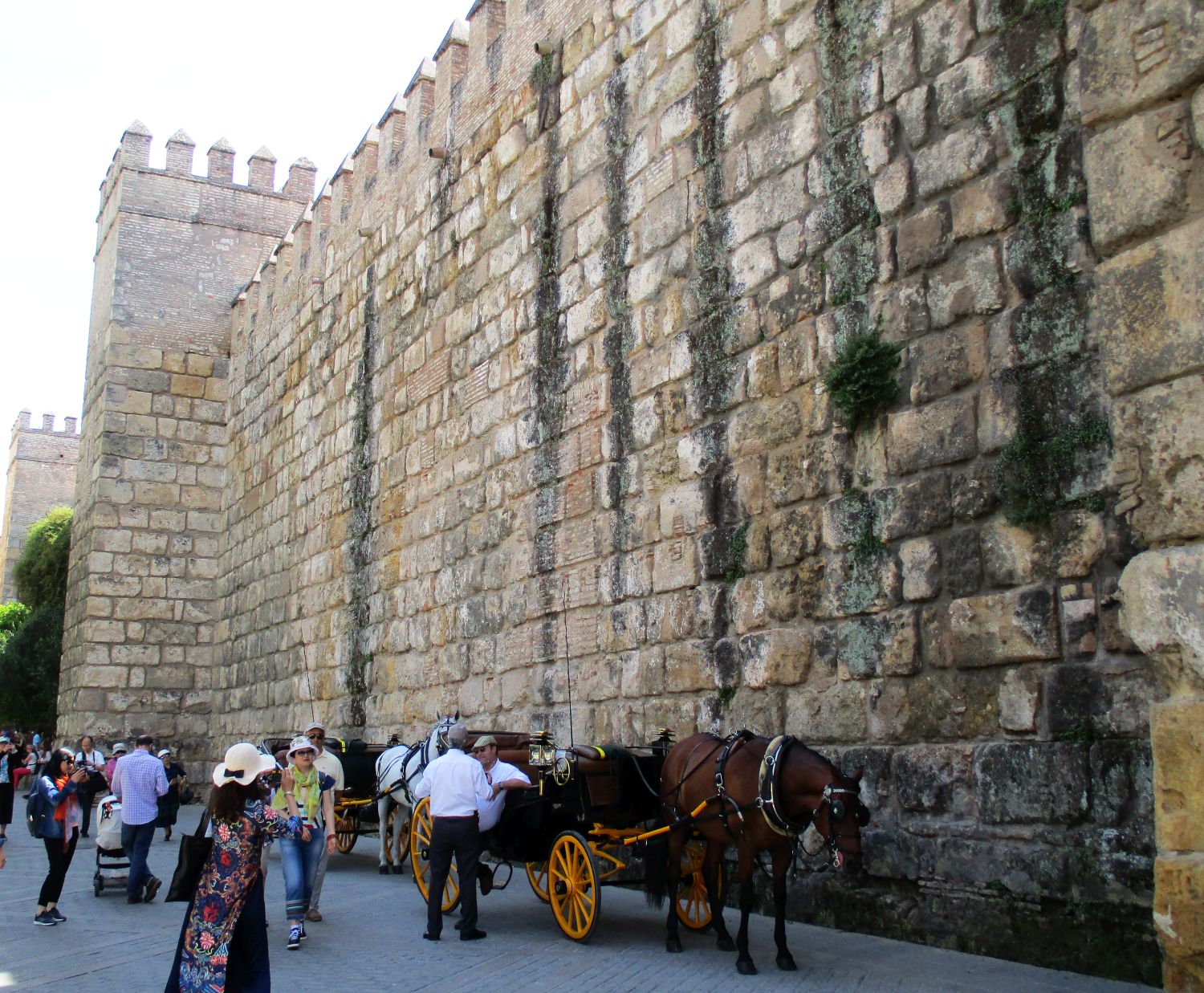
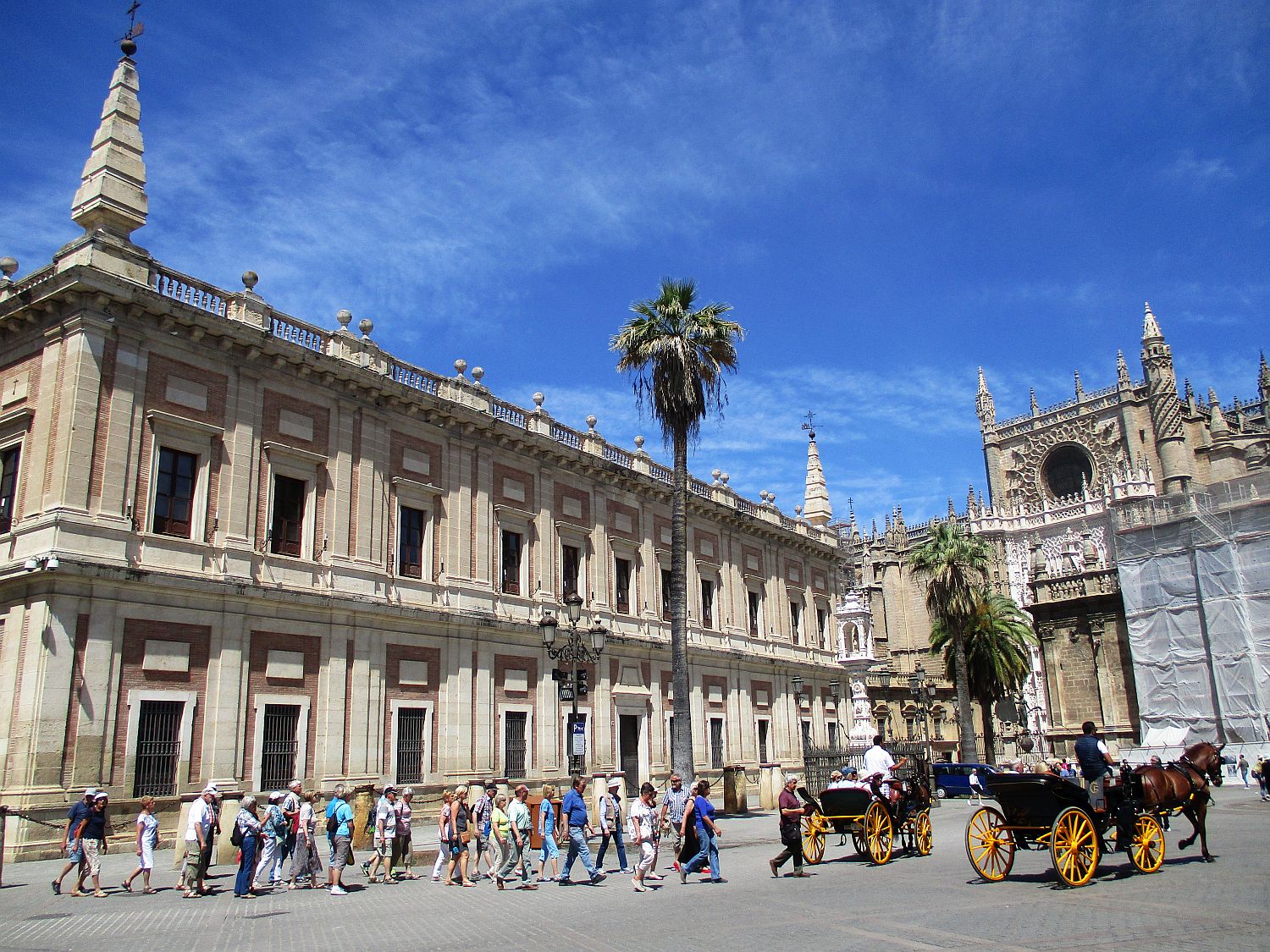
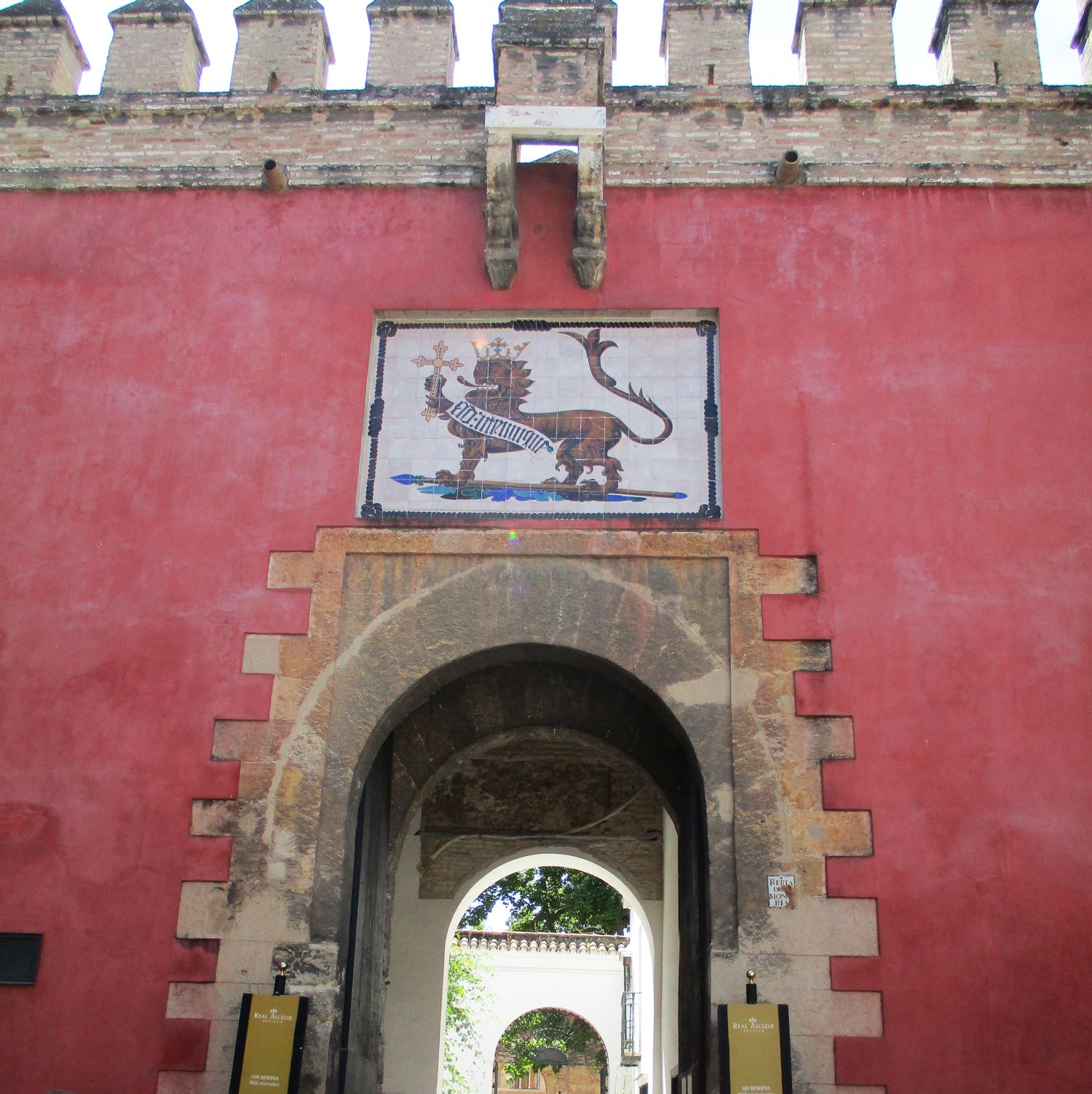
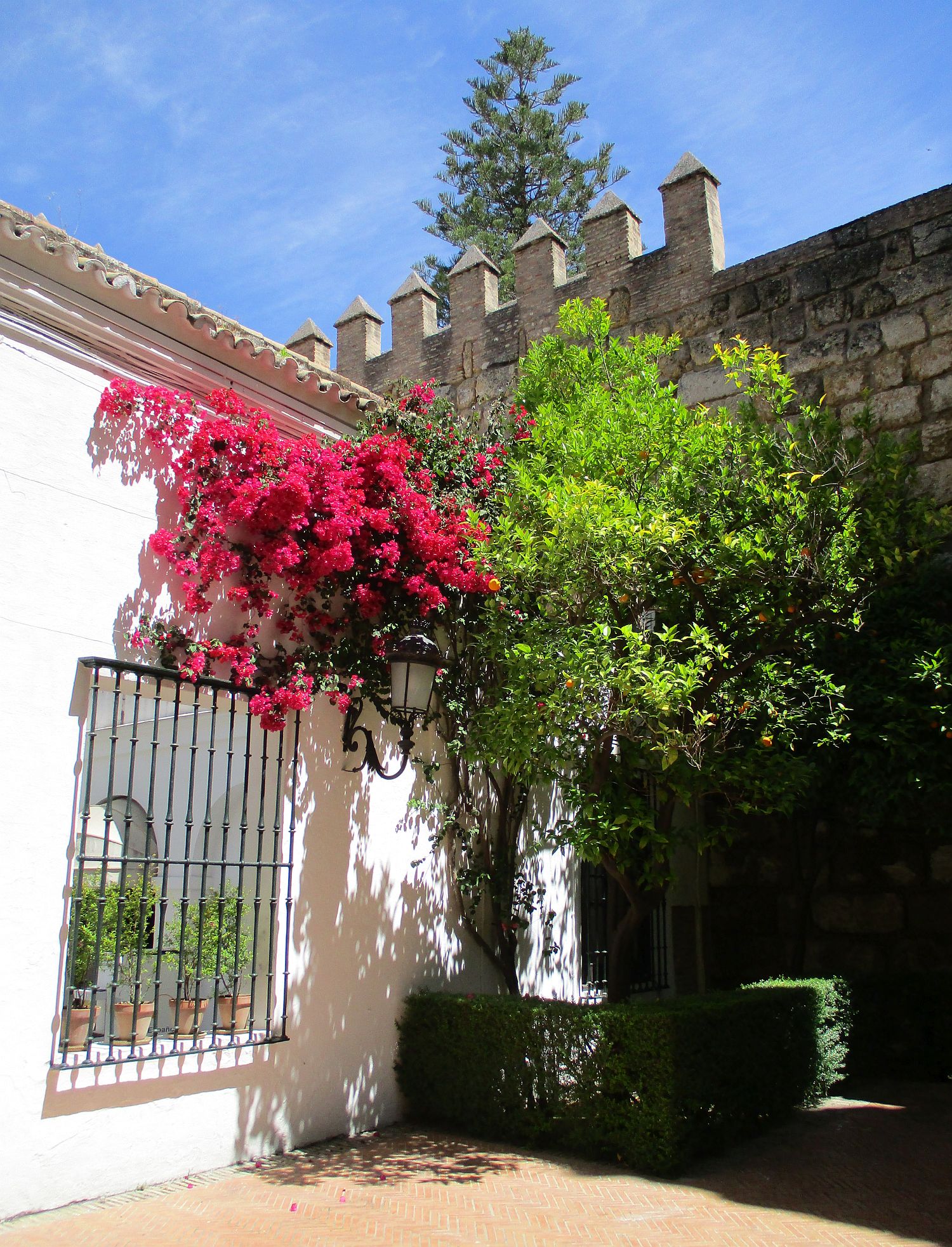
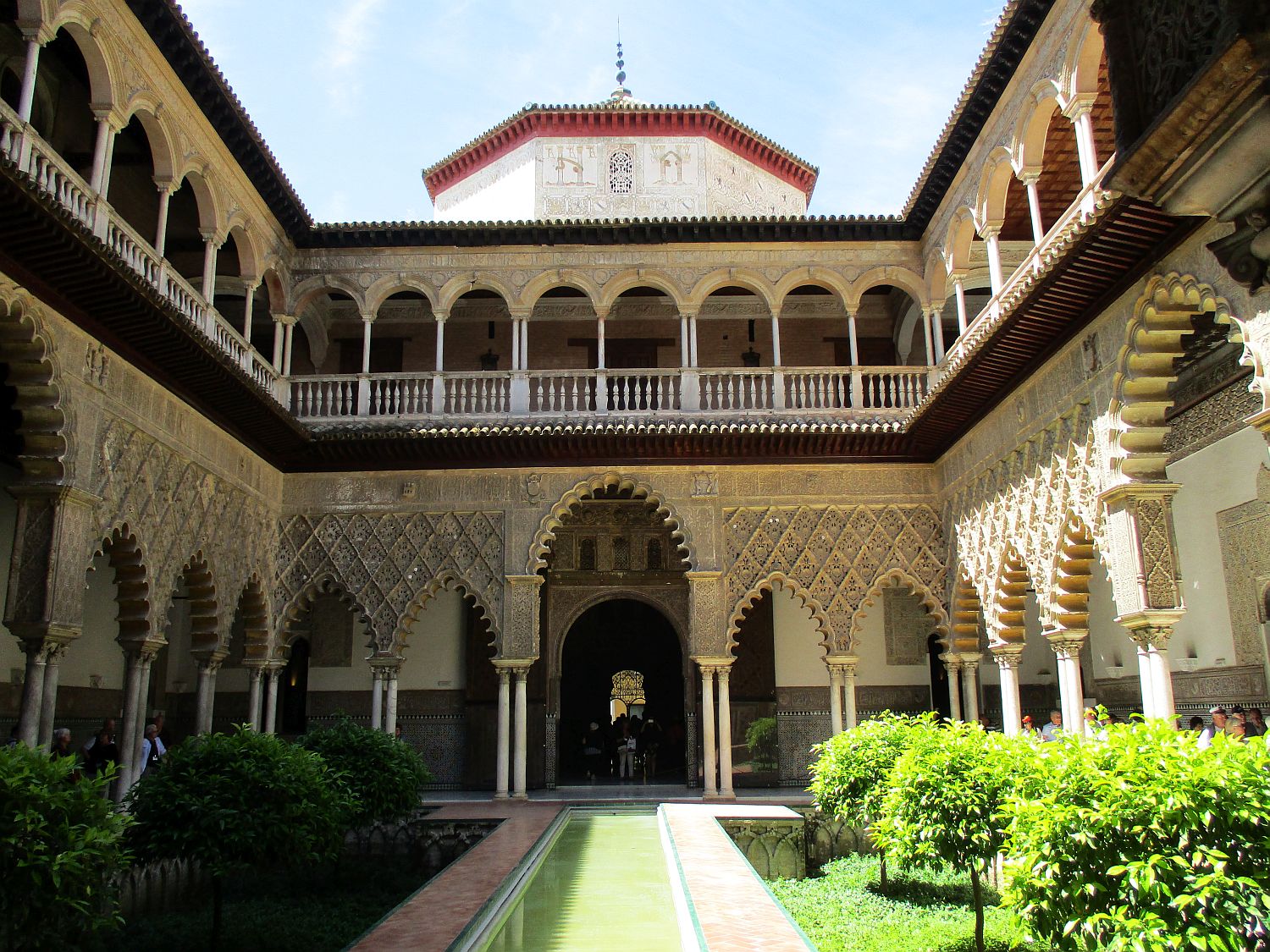
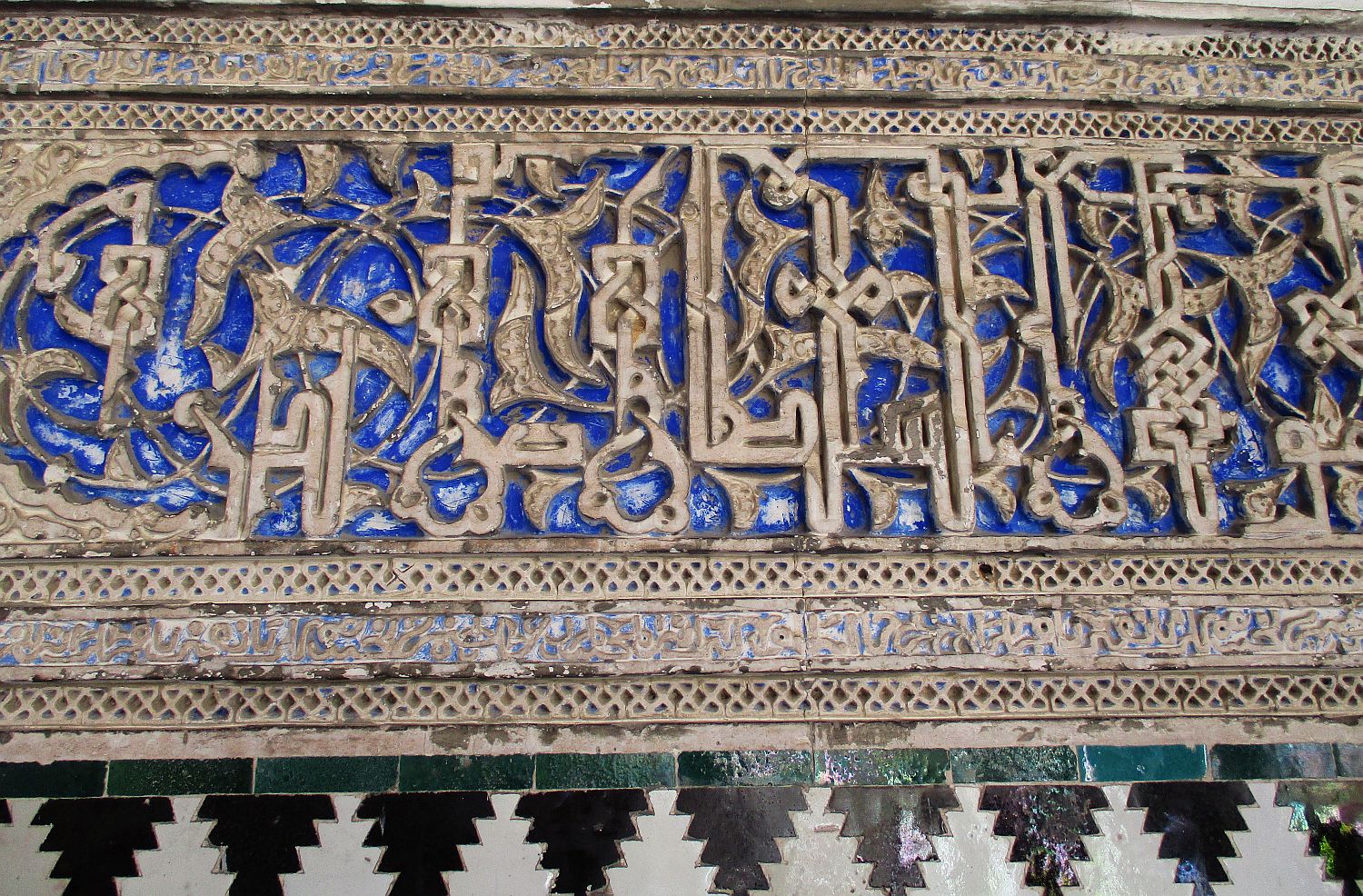
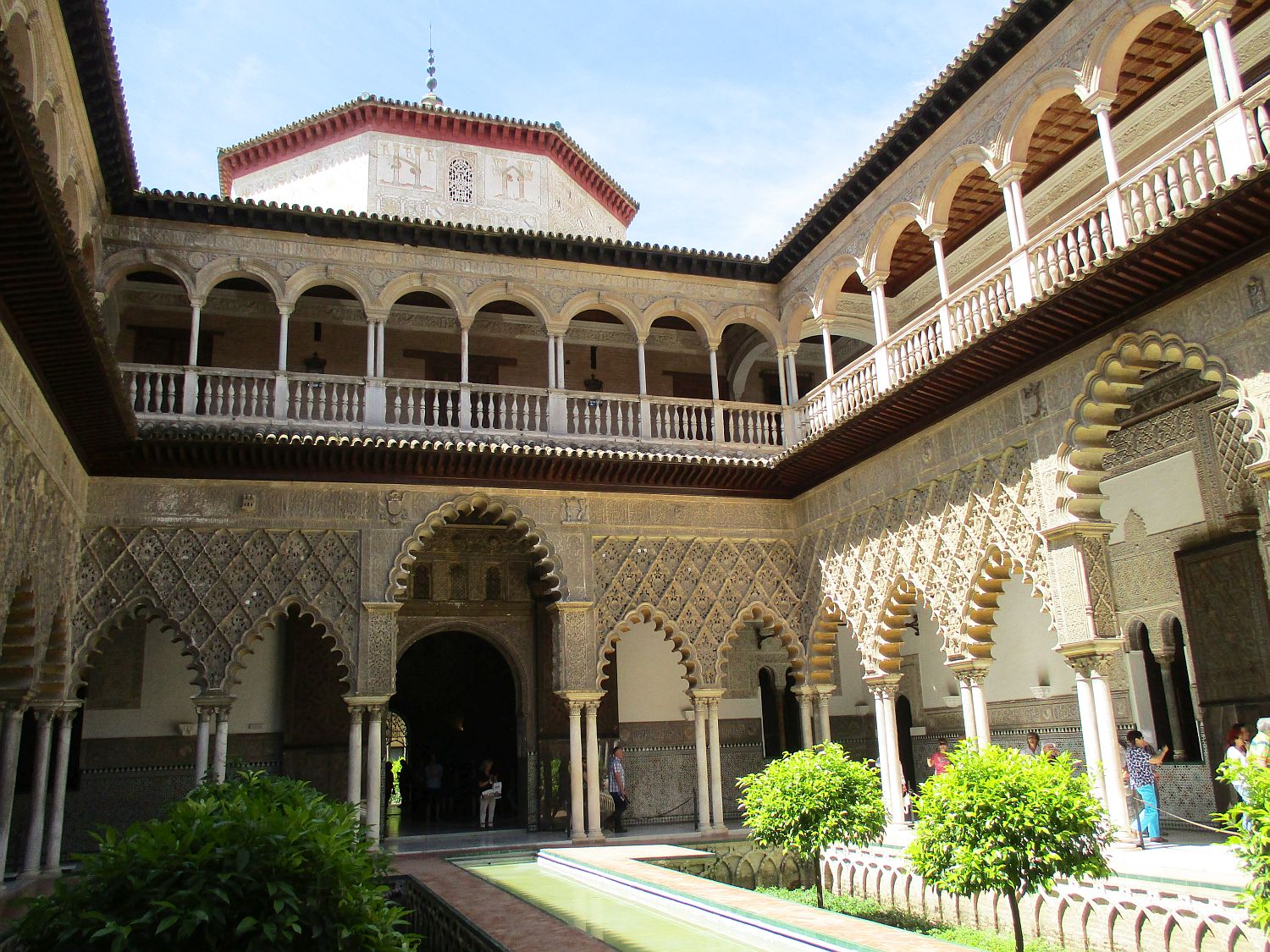
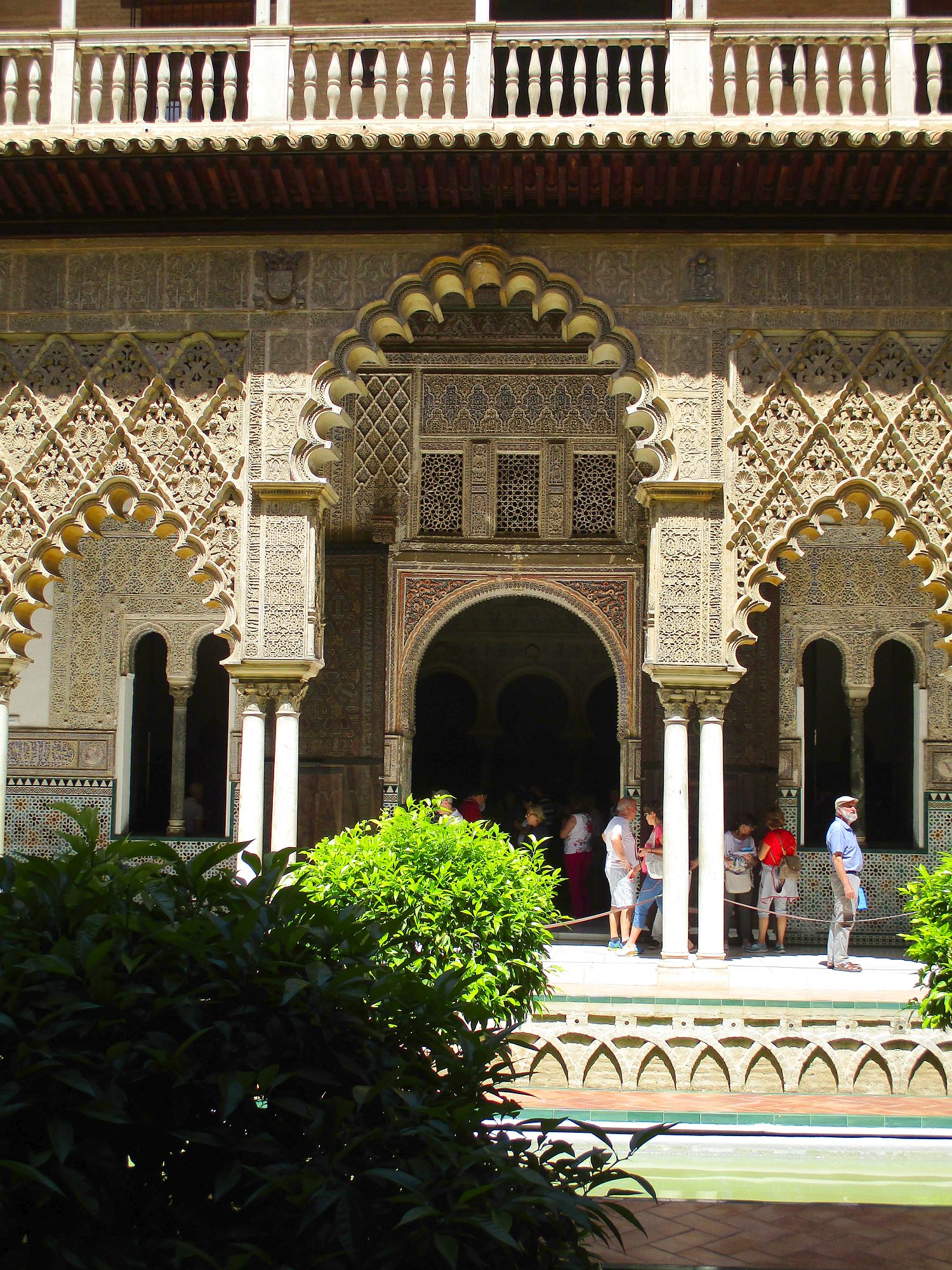
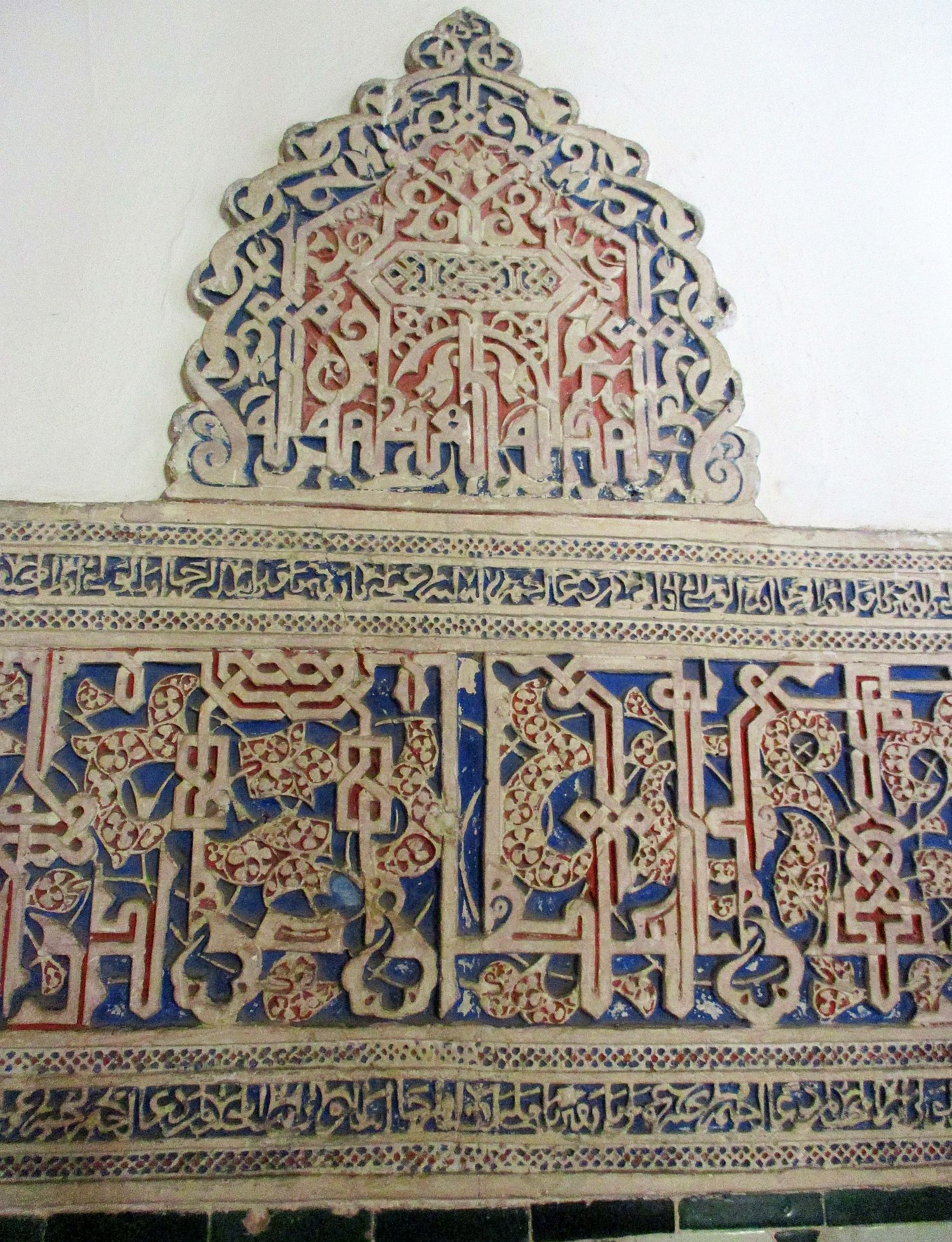
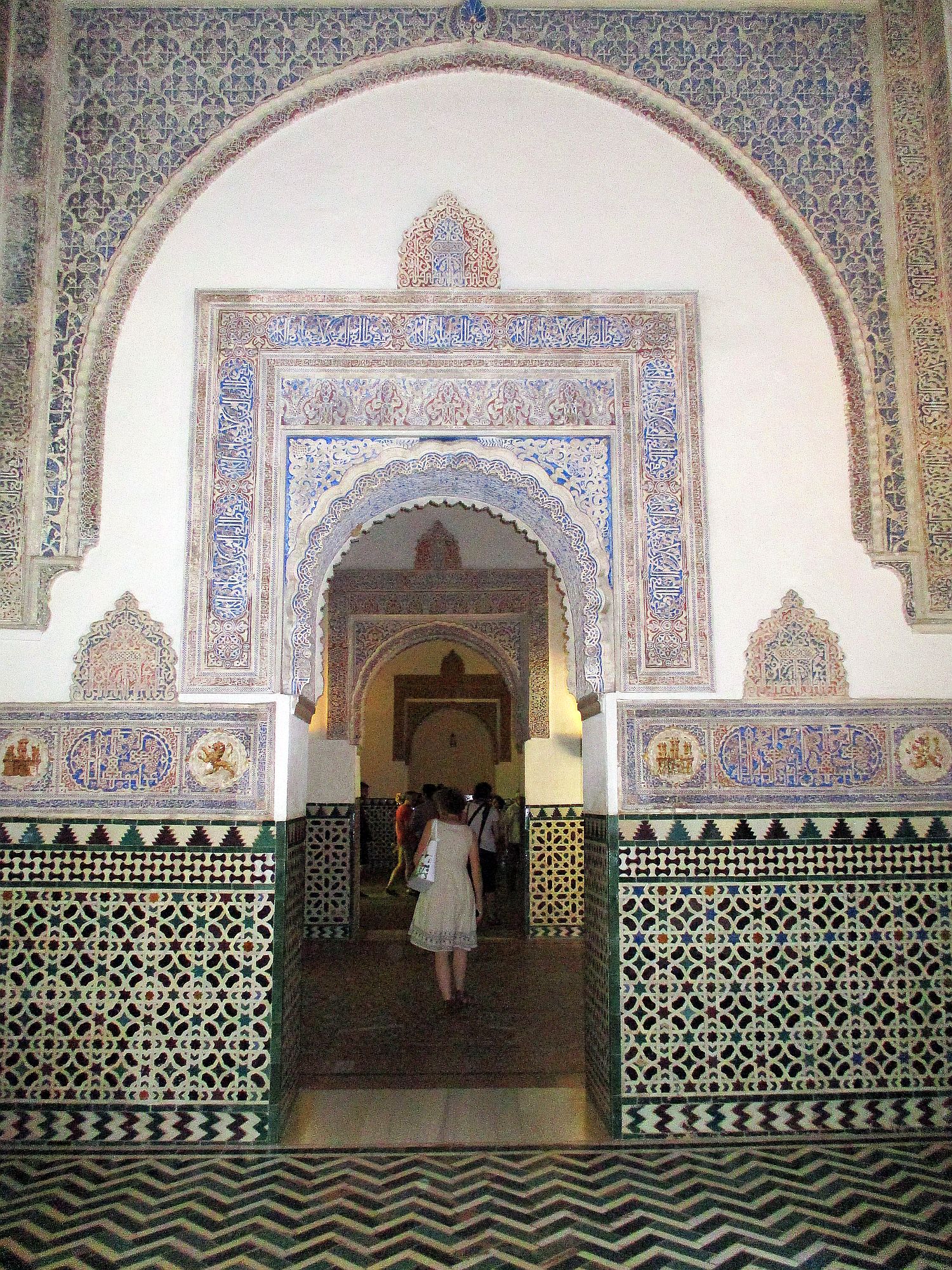
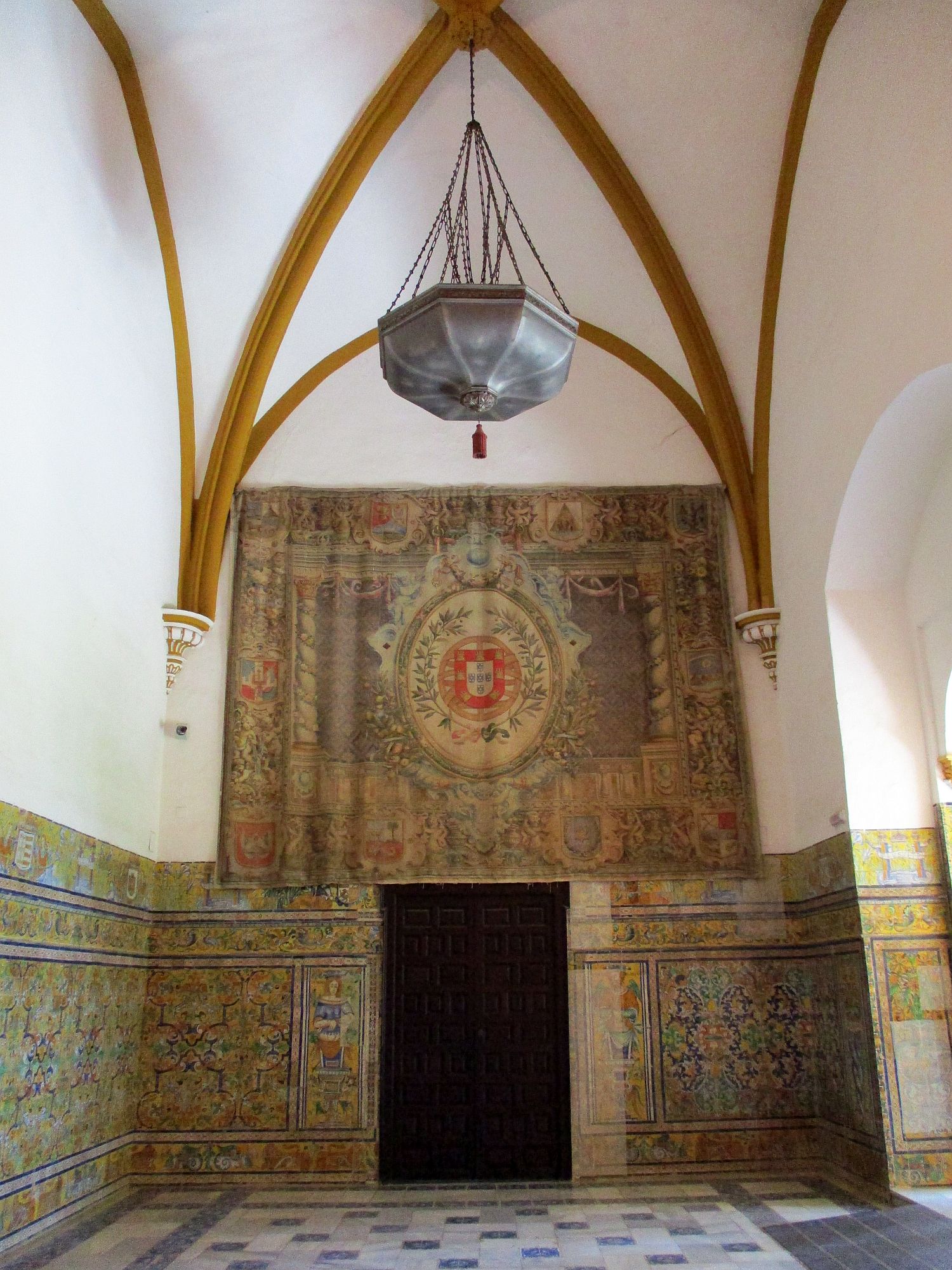
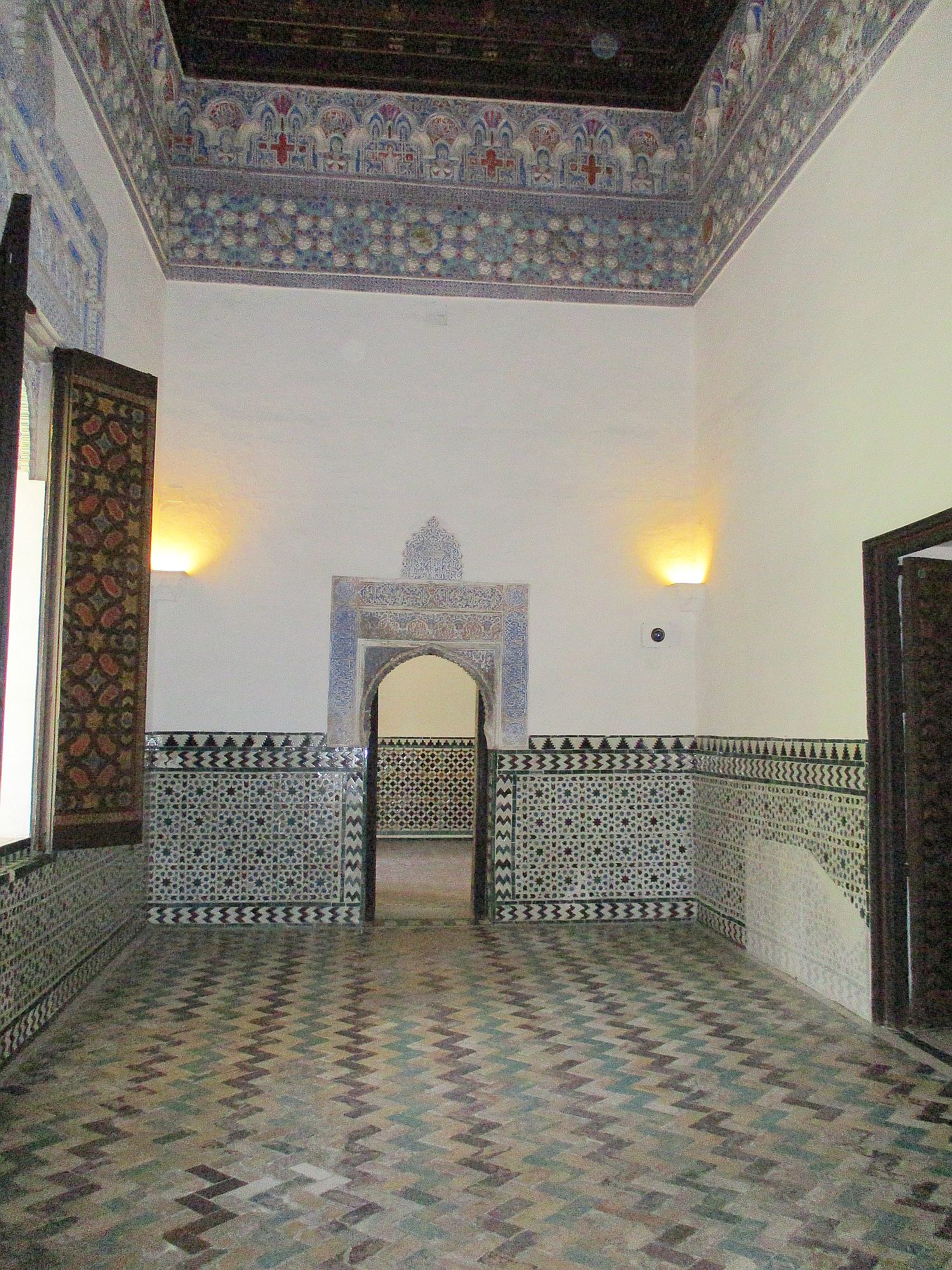
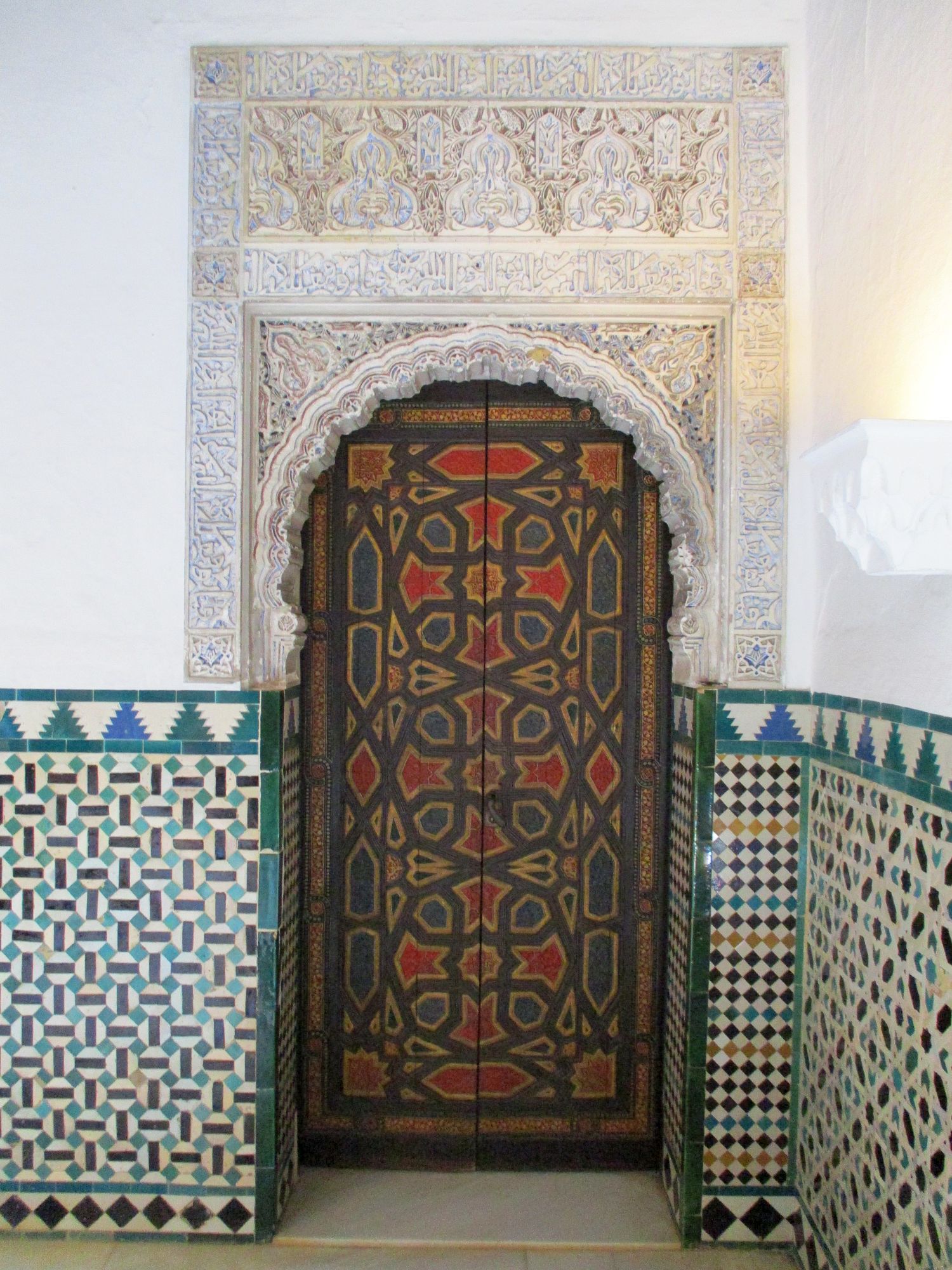

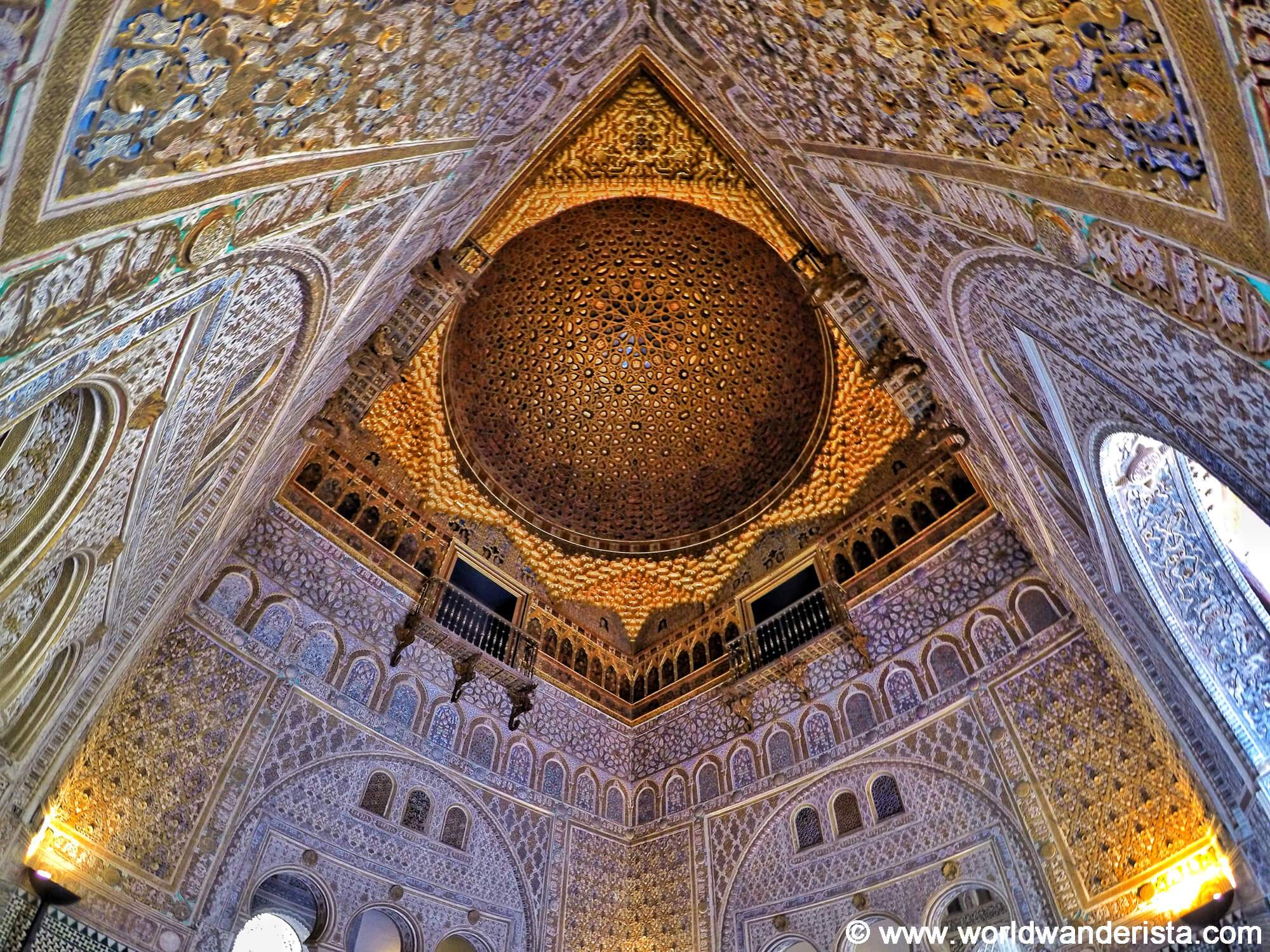
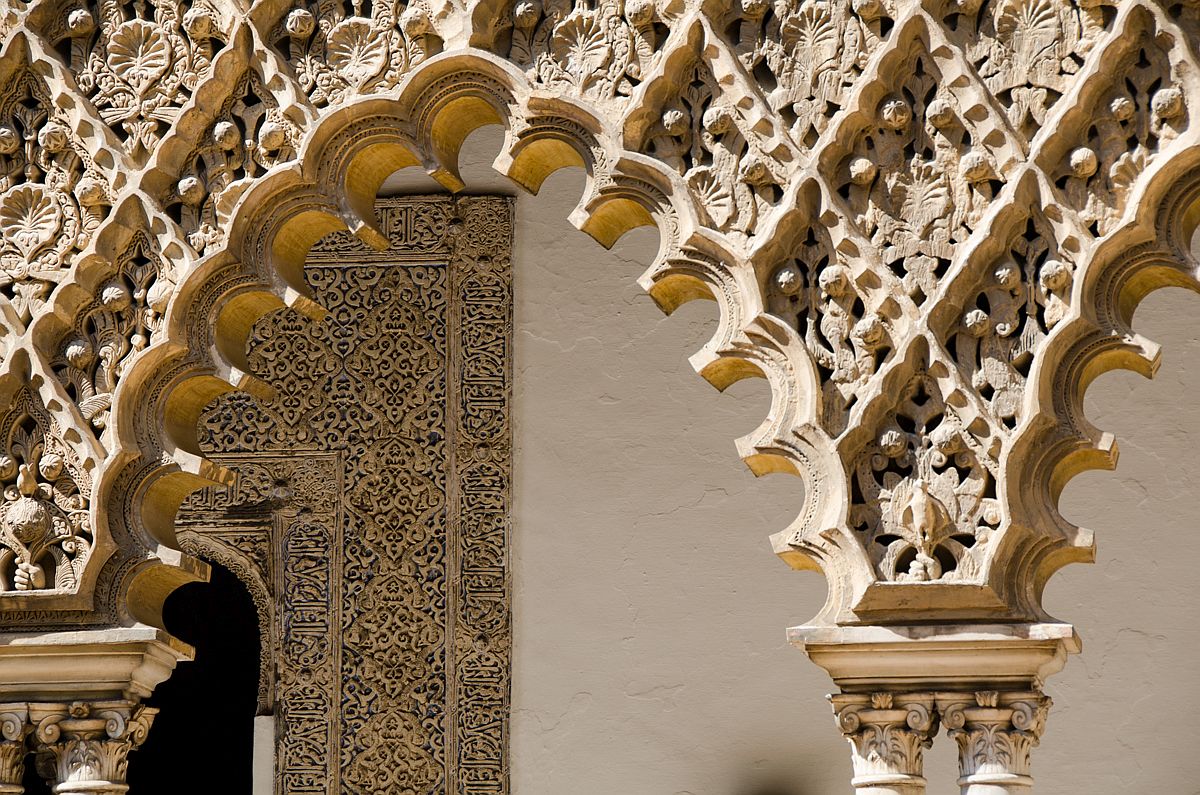
Alcázar is a Spanish word, synonym of fortified castle. Actually, it comes from the Arabic word al qasr that means palace or fortress. Many cities in Spain still use Alcázar to name an ancient Muslim palace or royal residence from the time of the Moorish invasion.
As you go into the palace complex, to your left is the oldest part, Patio del Yeso, which dates from Moorish times. To your right is the Renaissance Palace, with the House of Trade where Columbus signed his contract with Queen Isabella. Many Italianate features, marble arches and columns were added in the 16th century. Straight ahead is Palace of King Don Pedro I, with a facade which harmoniously marries Moorish features – horseshoe arches with Gothic columns.

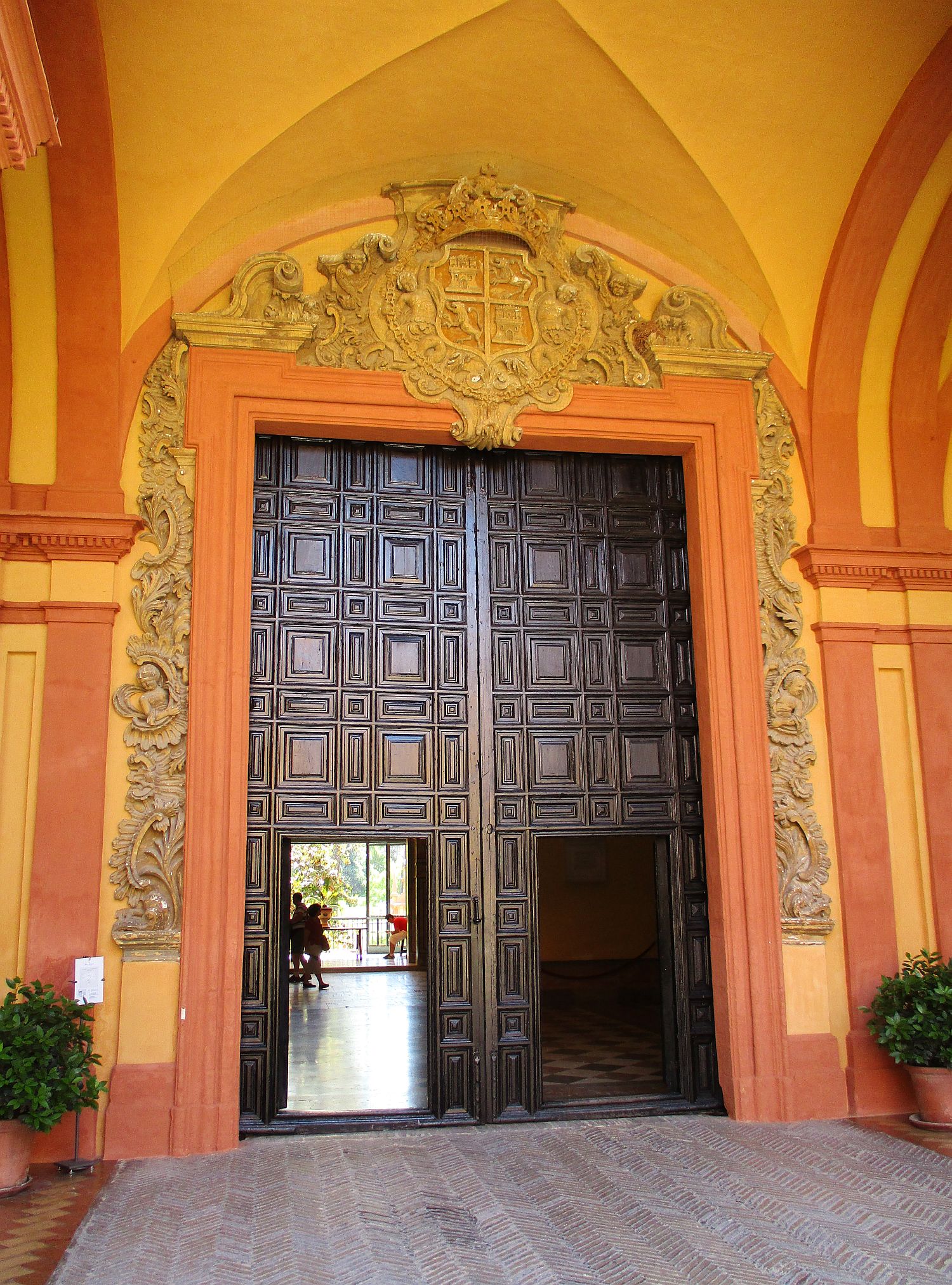
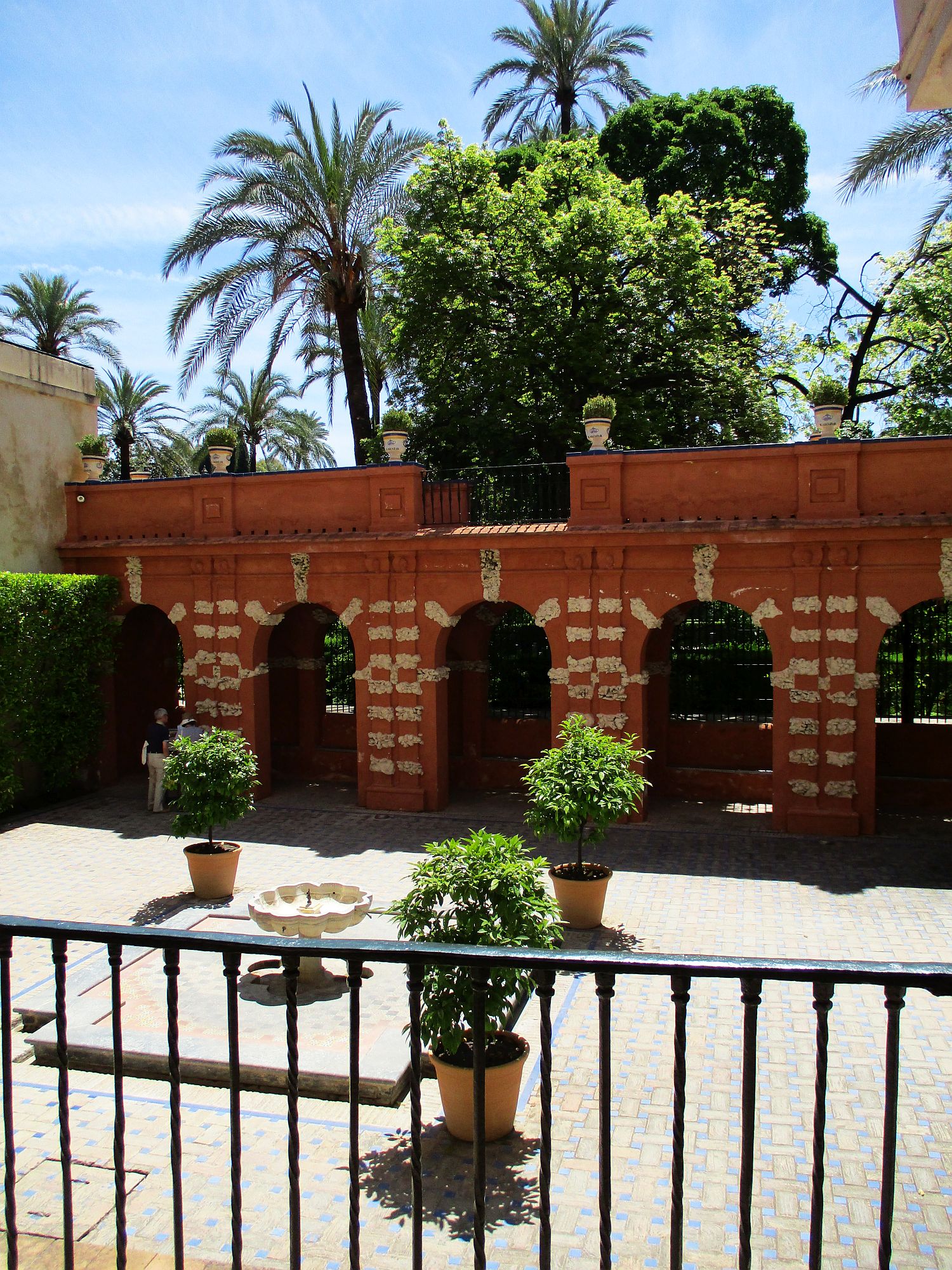
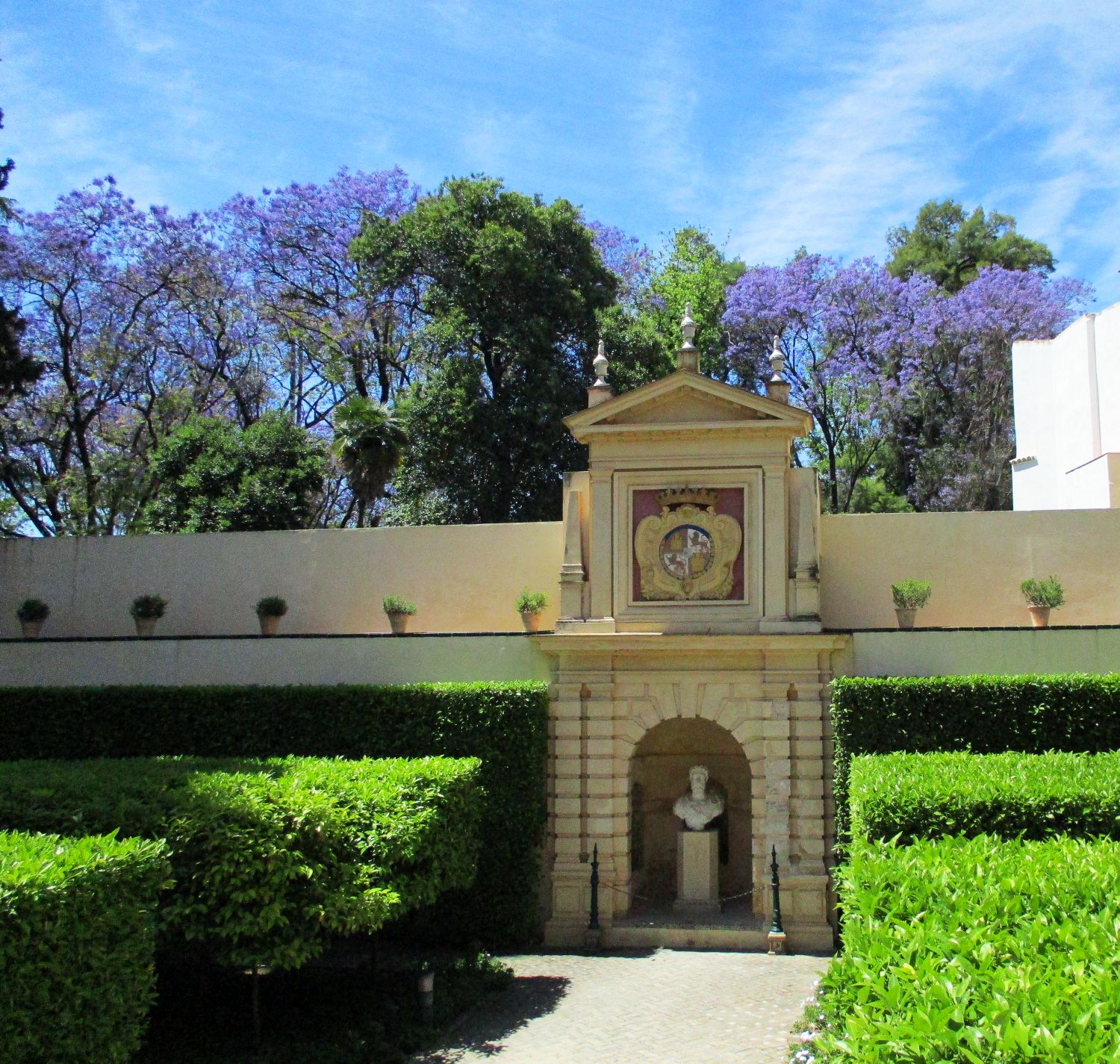
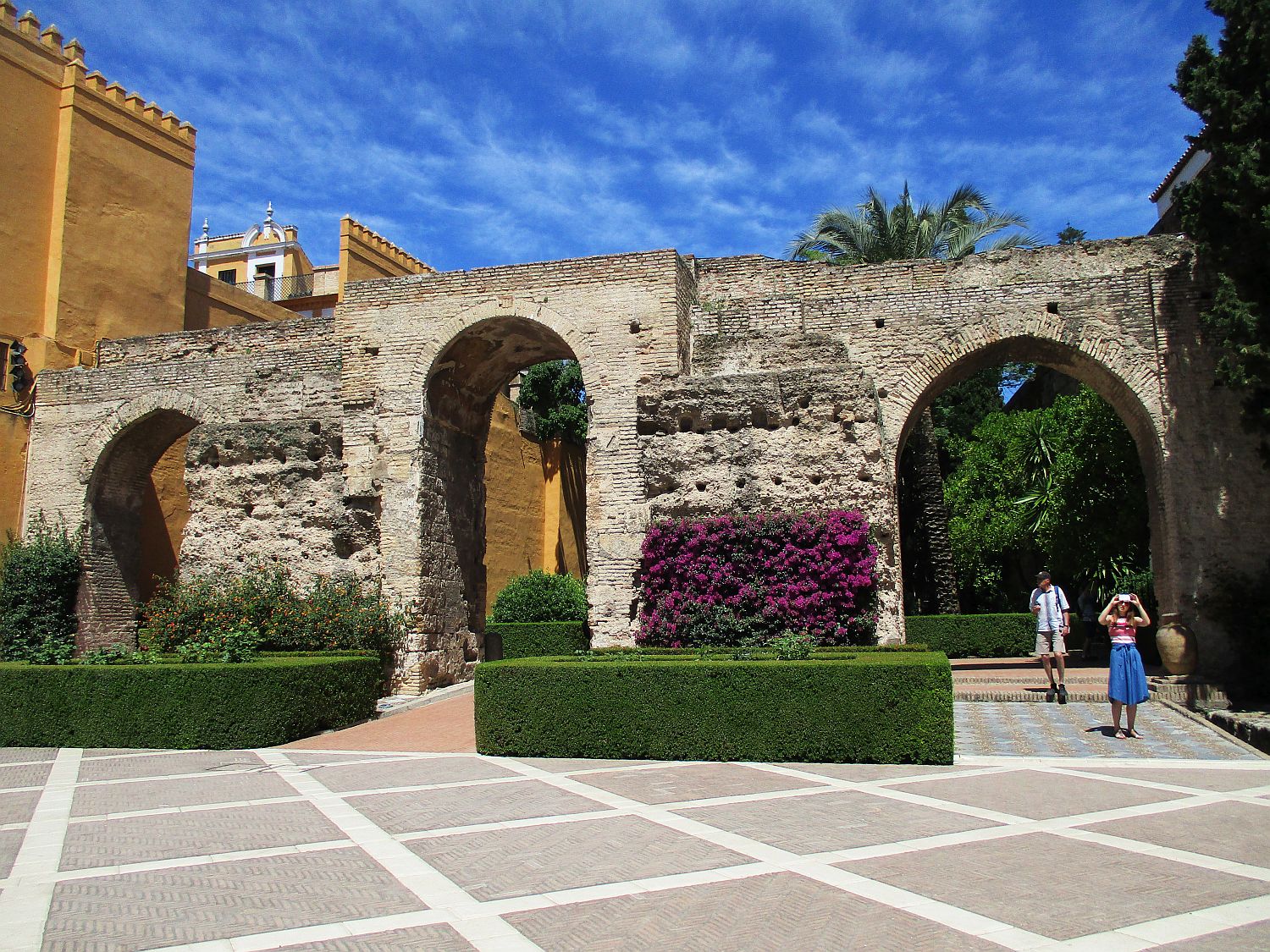
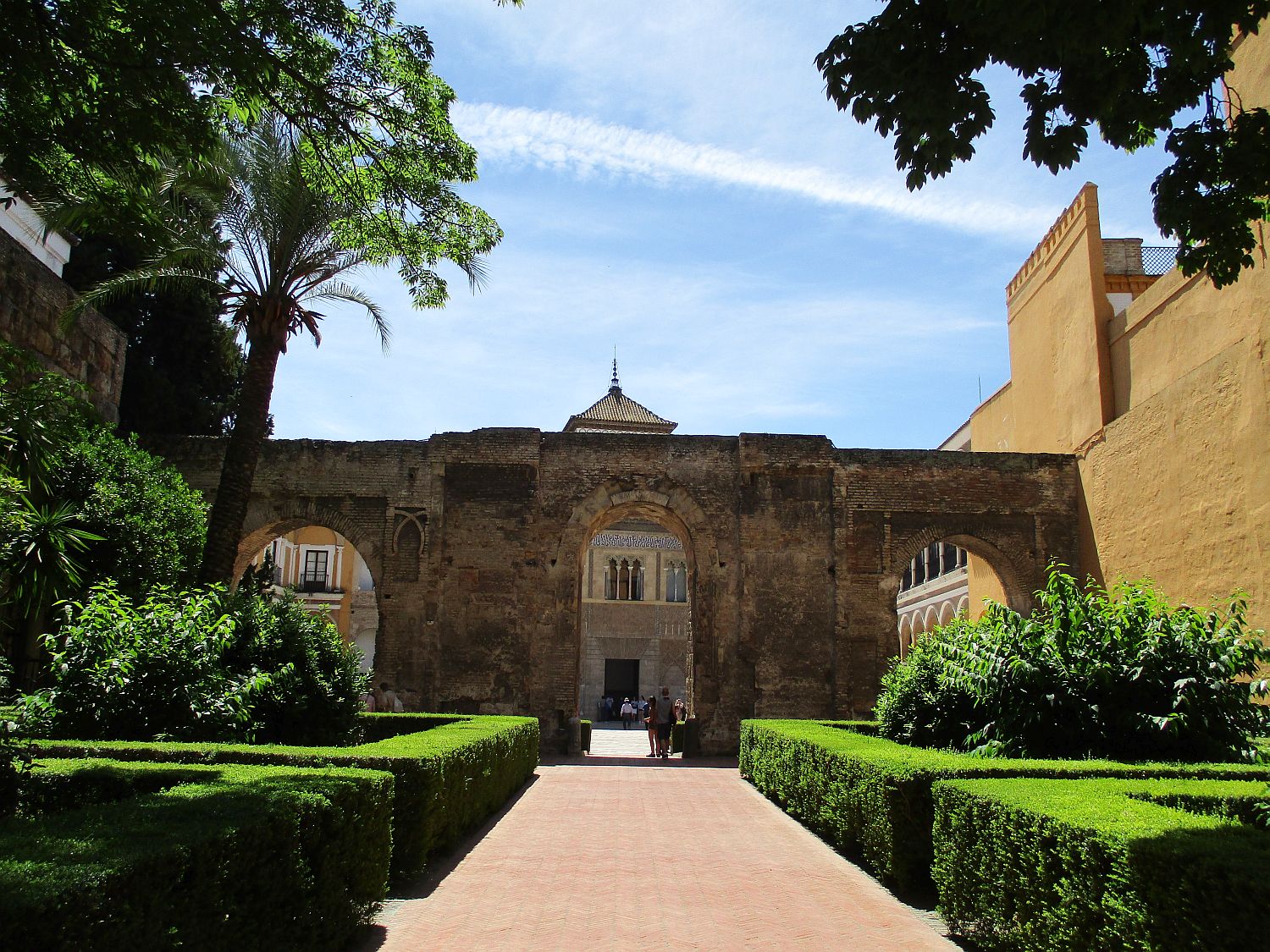
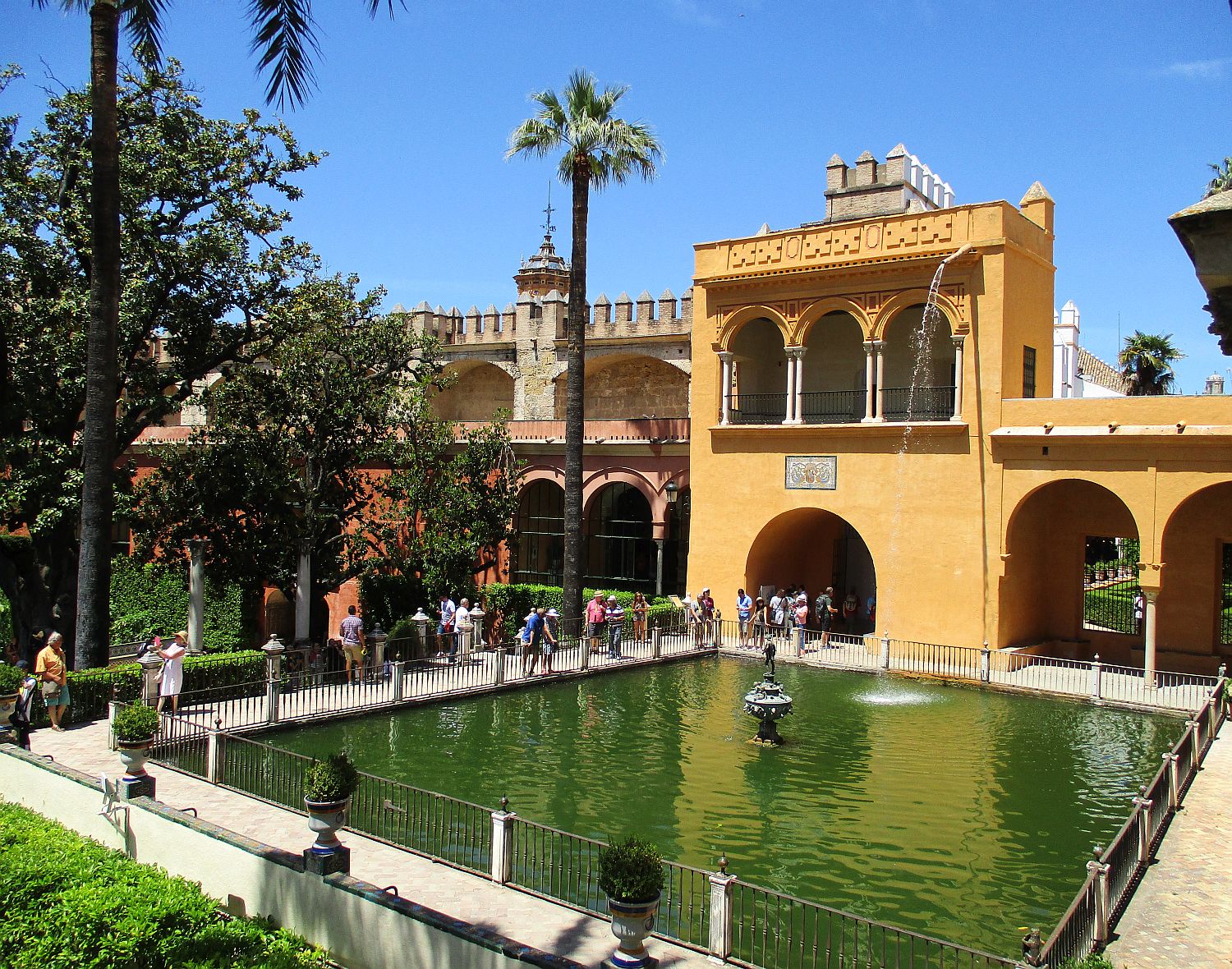
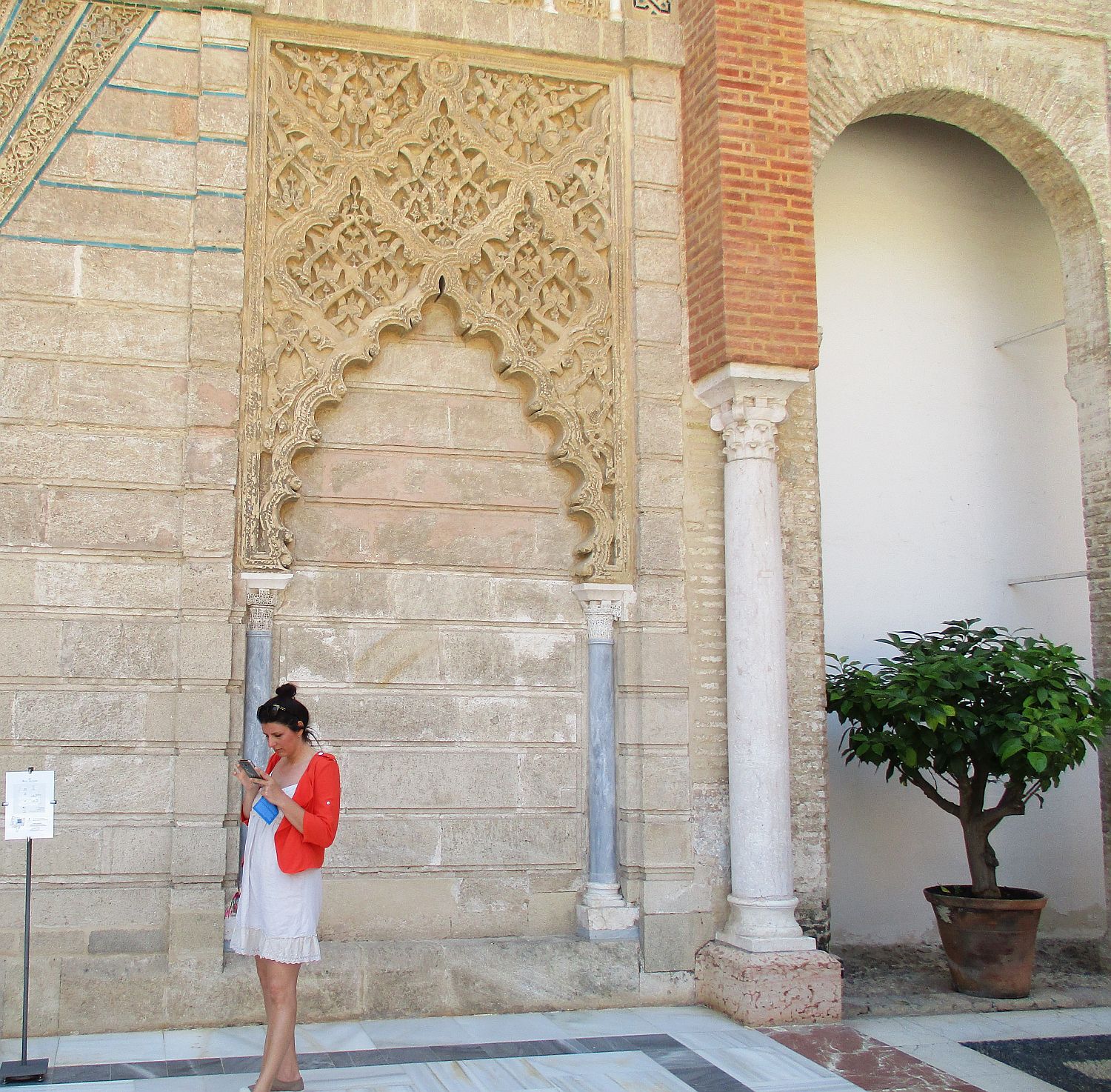
The gardens are breathtaking and inspire an incredible calm and spontaneous, continuously admiration for the perfect mix of styles and authenticity. Wandering through the Alcazar Gardens, you will pass tiled seats, pools, fountains where you can sit and contemplate, palmtrees, cypress, myrtle, mulberry, magnolia, orange and lemon trees and, at the right time of year, cornflower-blue agapanthus or cerise-pink hibiscus.
The garden has typically eastern courtyards bounded by arcades and sequestered behind high walls, oldest spaces being in and around the palace. You will find small courtyards with glittering pools, fountains, and recessed seats, as in ancient Egypt, they give protection from the harshness of the outside world. Decorative grilles enhance lush views, glazed and unglazed tiles are characteristic of Arab building.
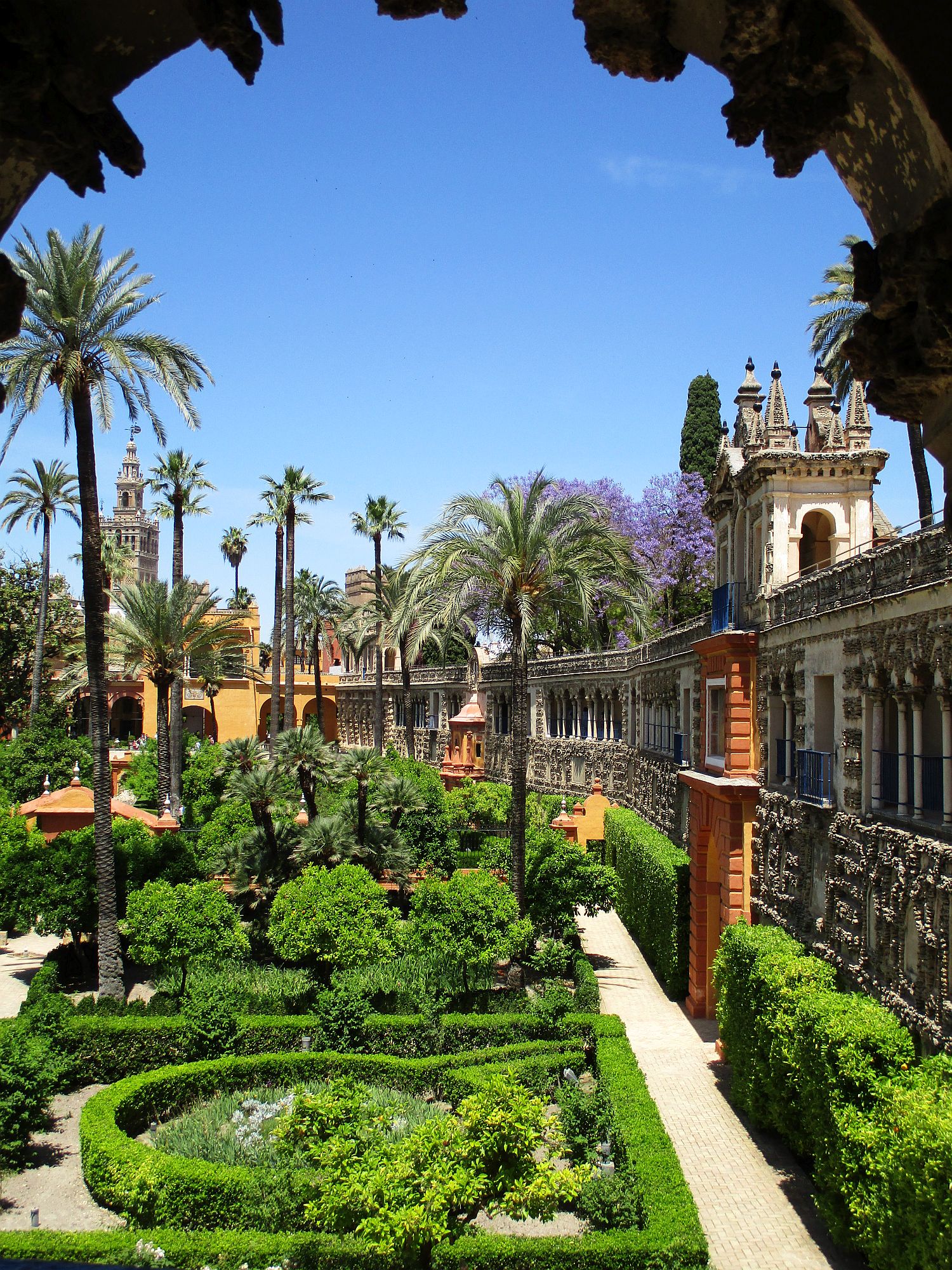
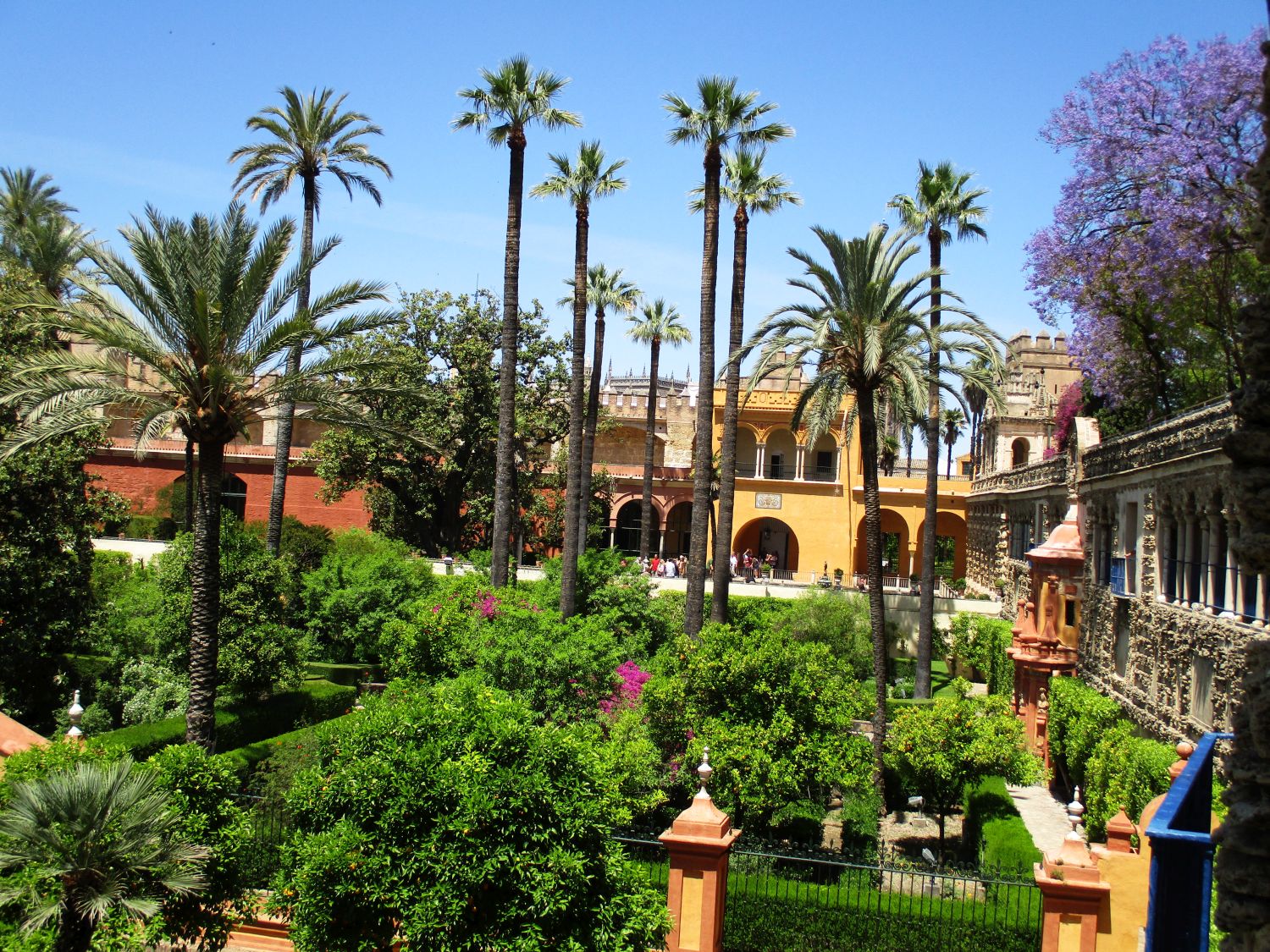
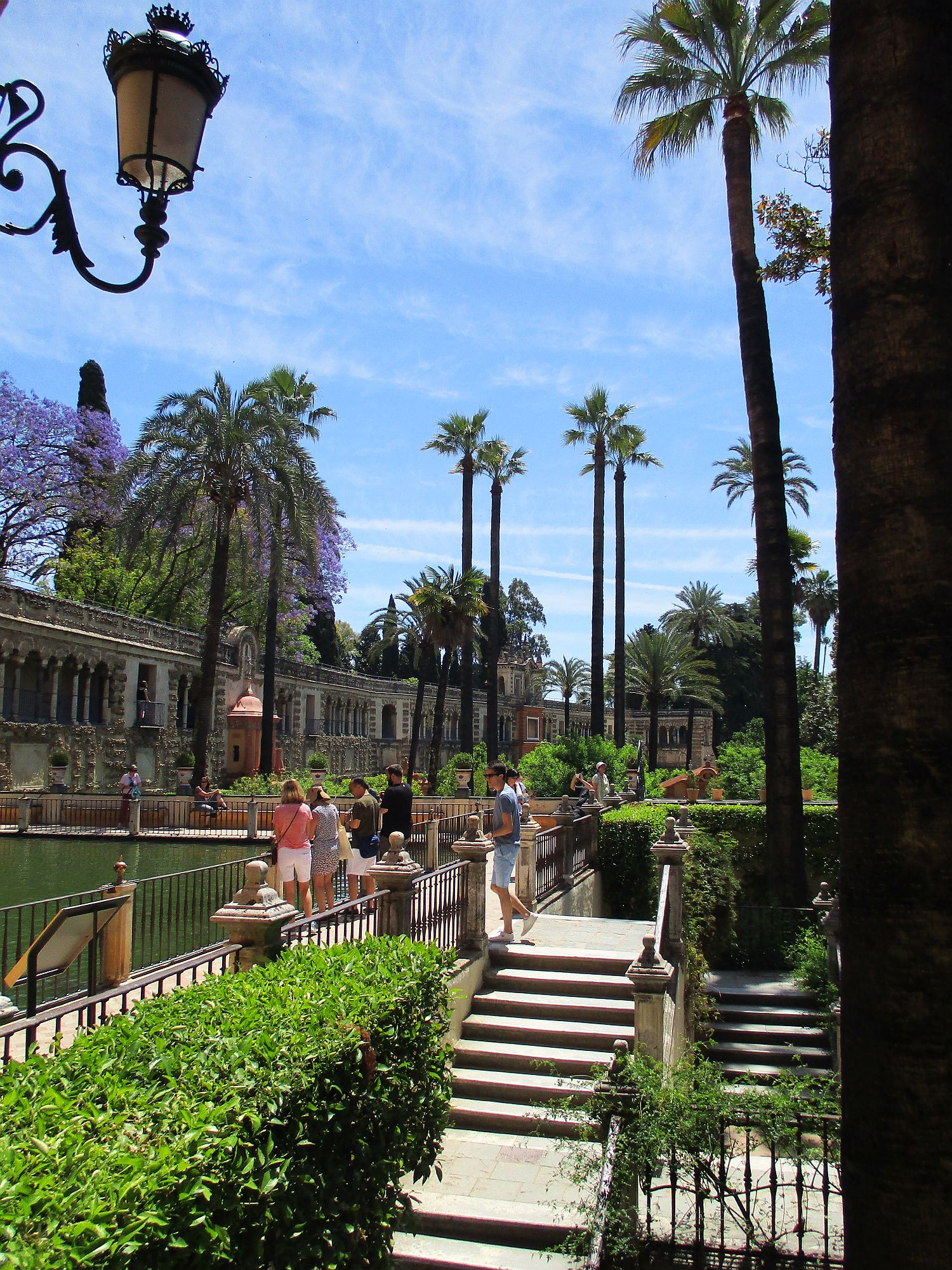
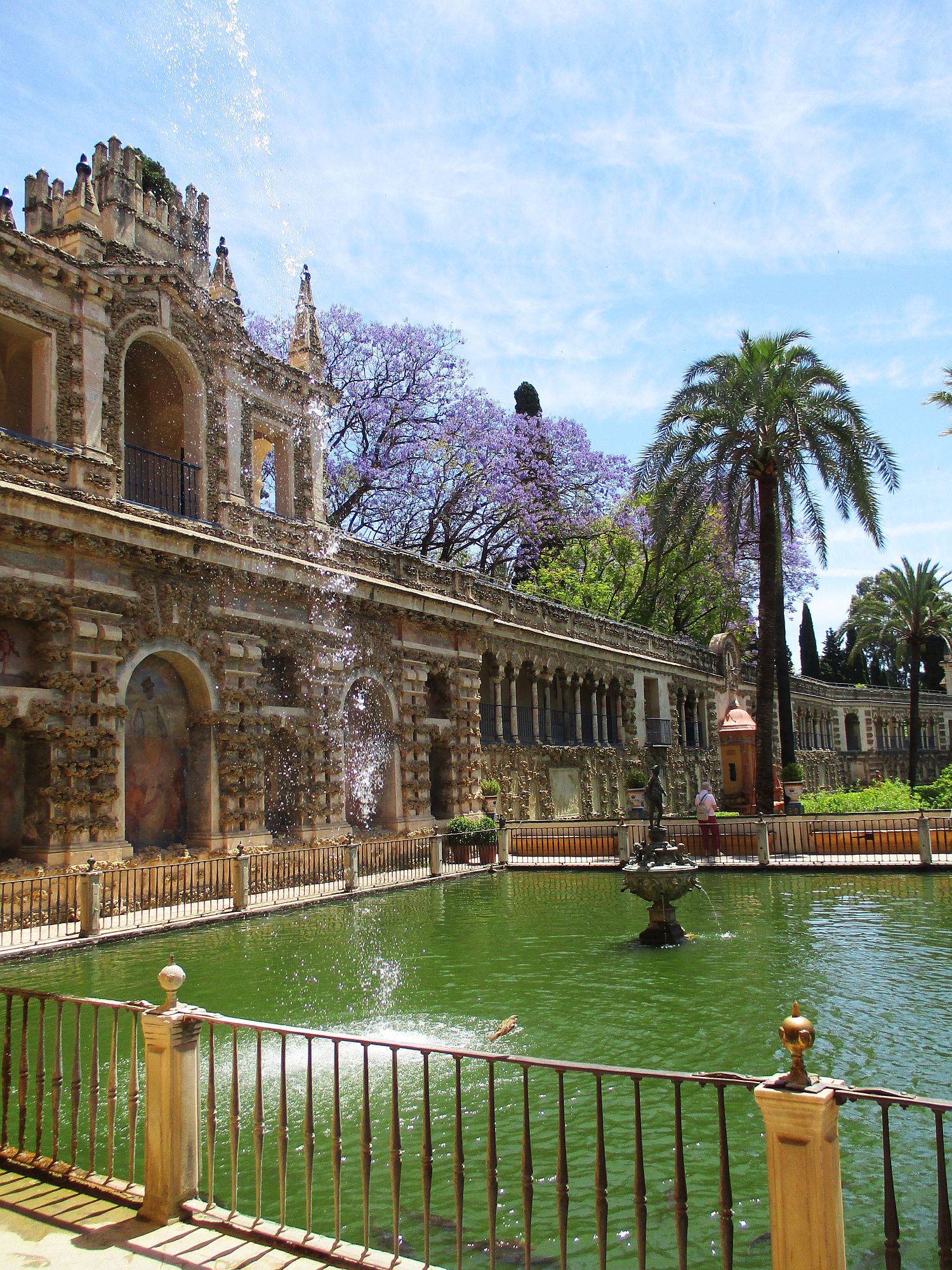
Mercury’s Pool, with the Italian Grotto Gallery
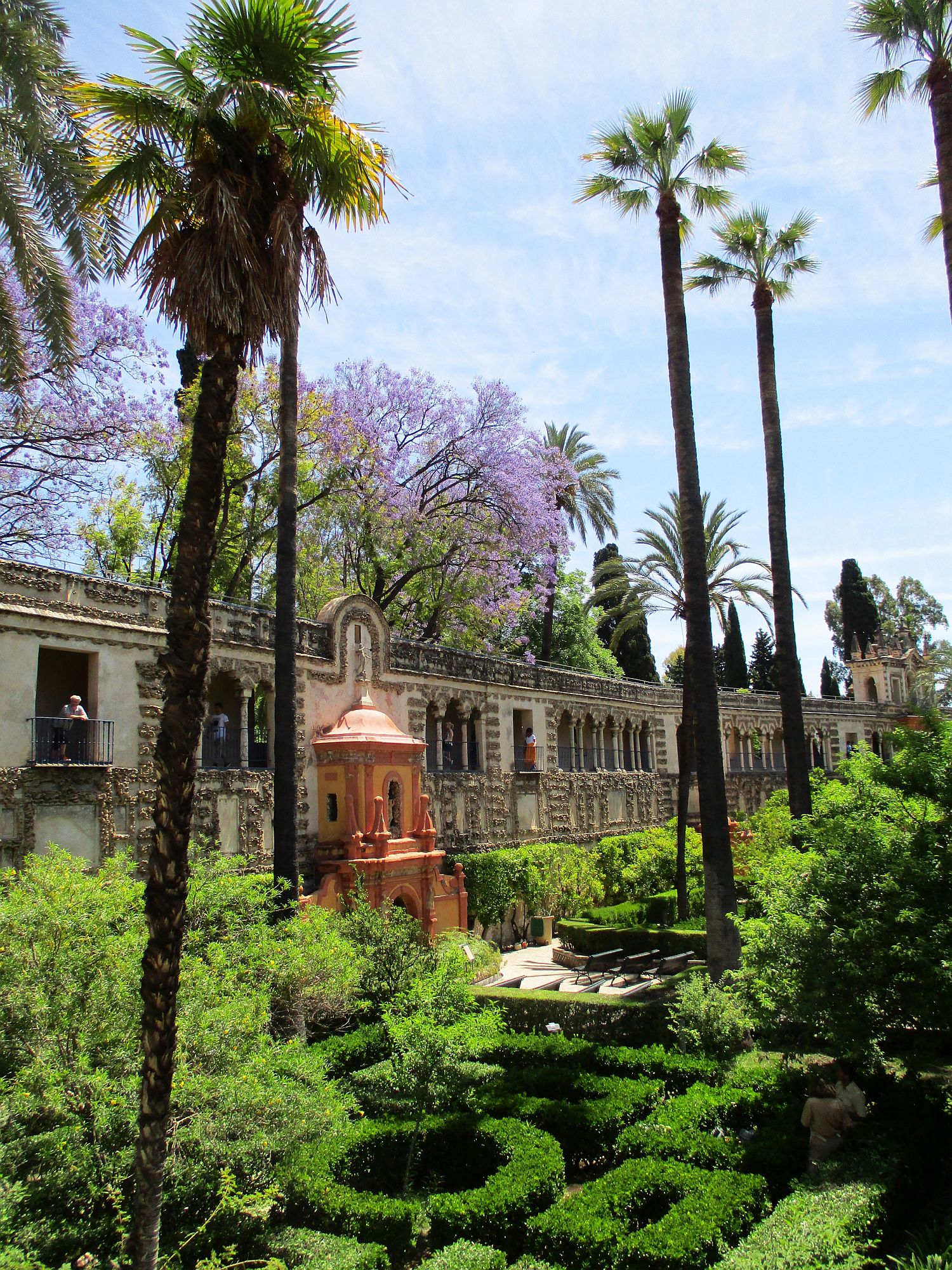
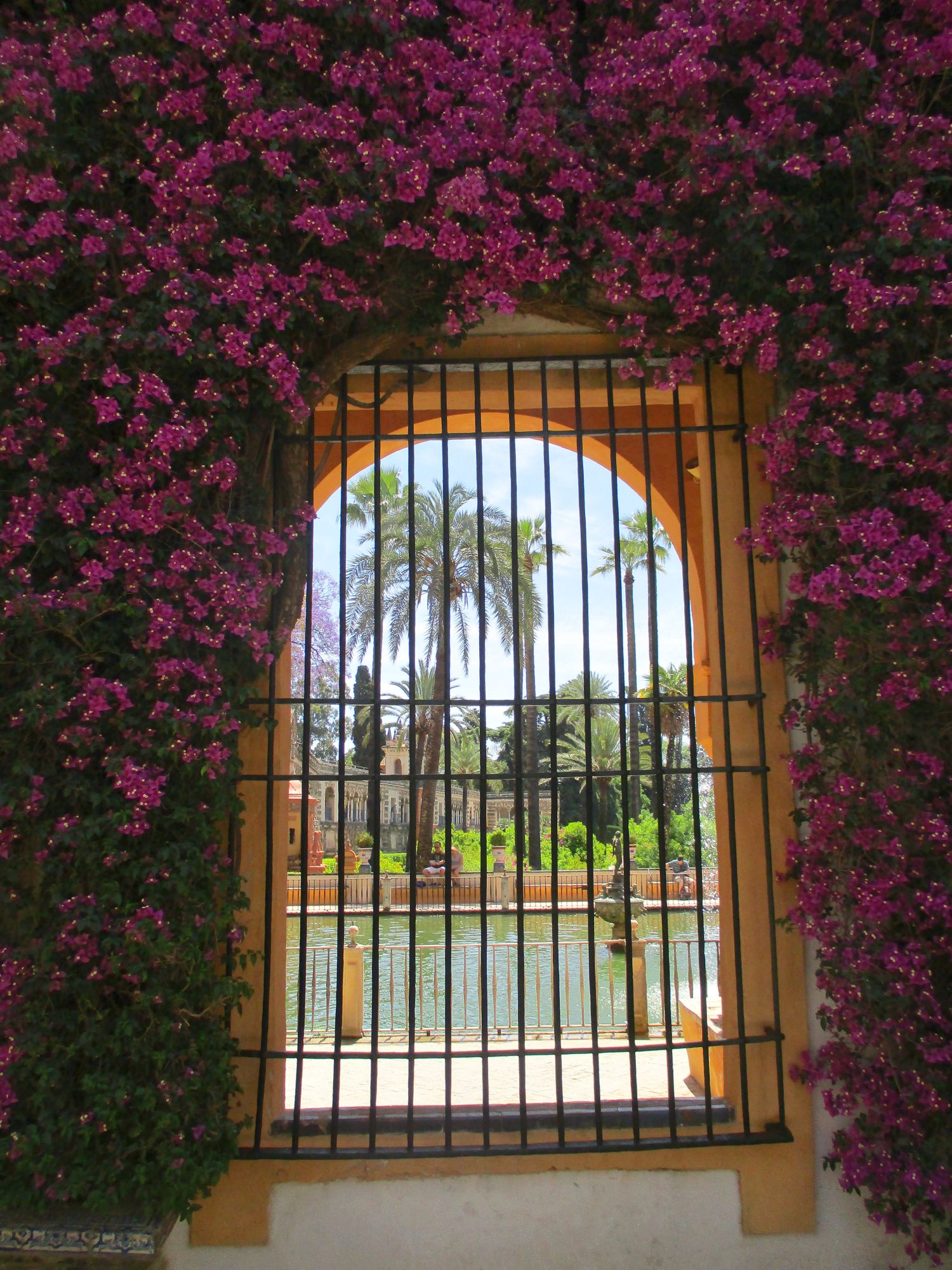
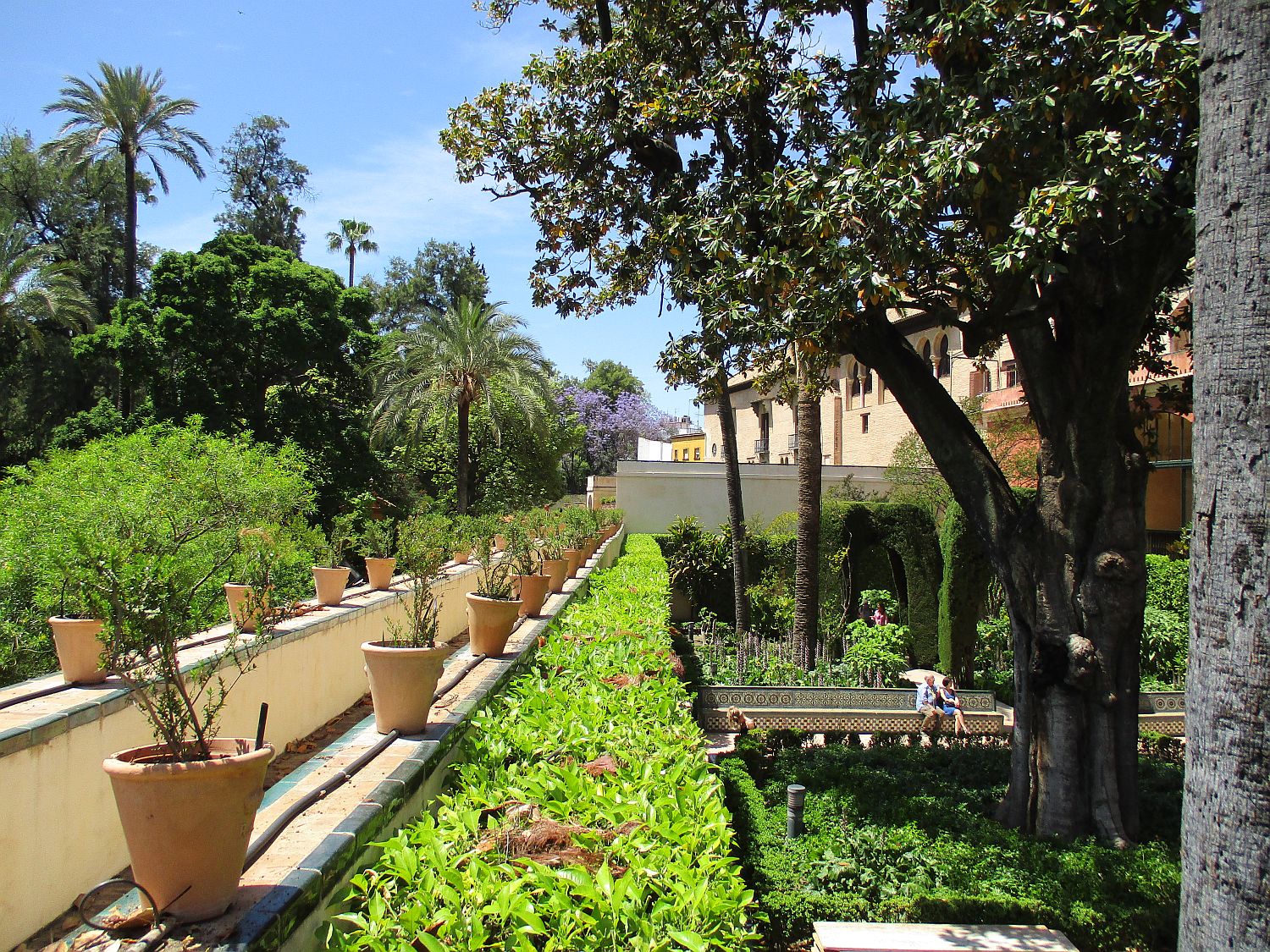
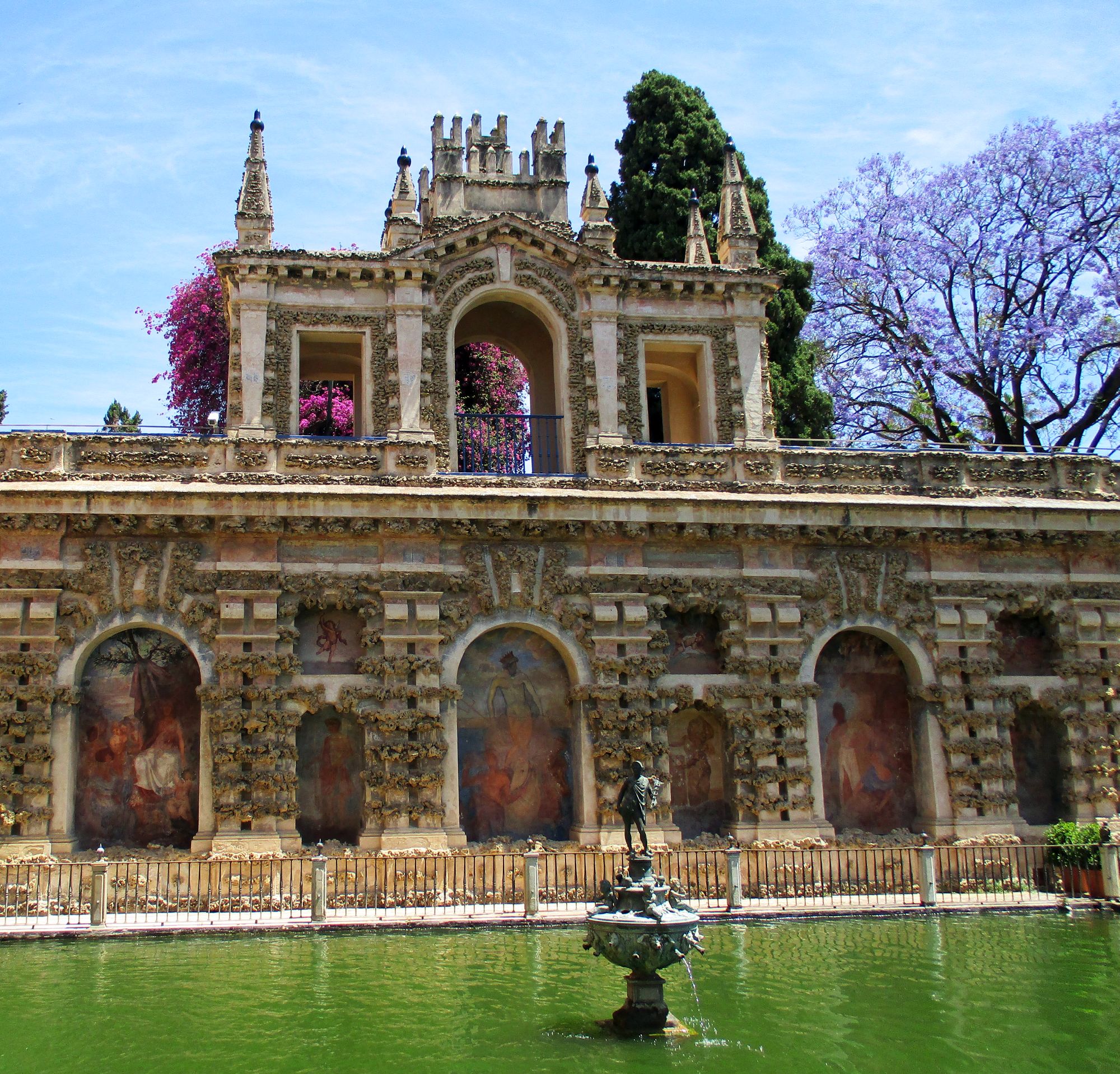
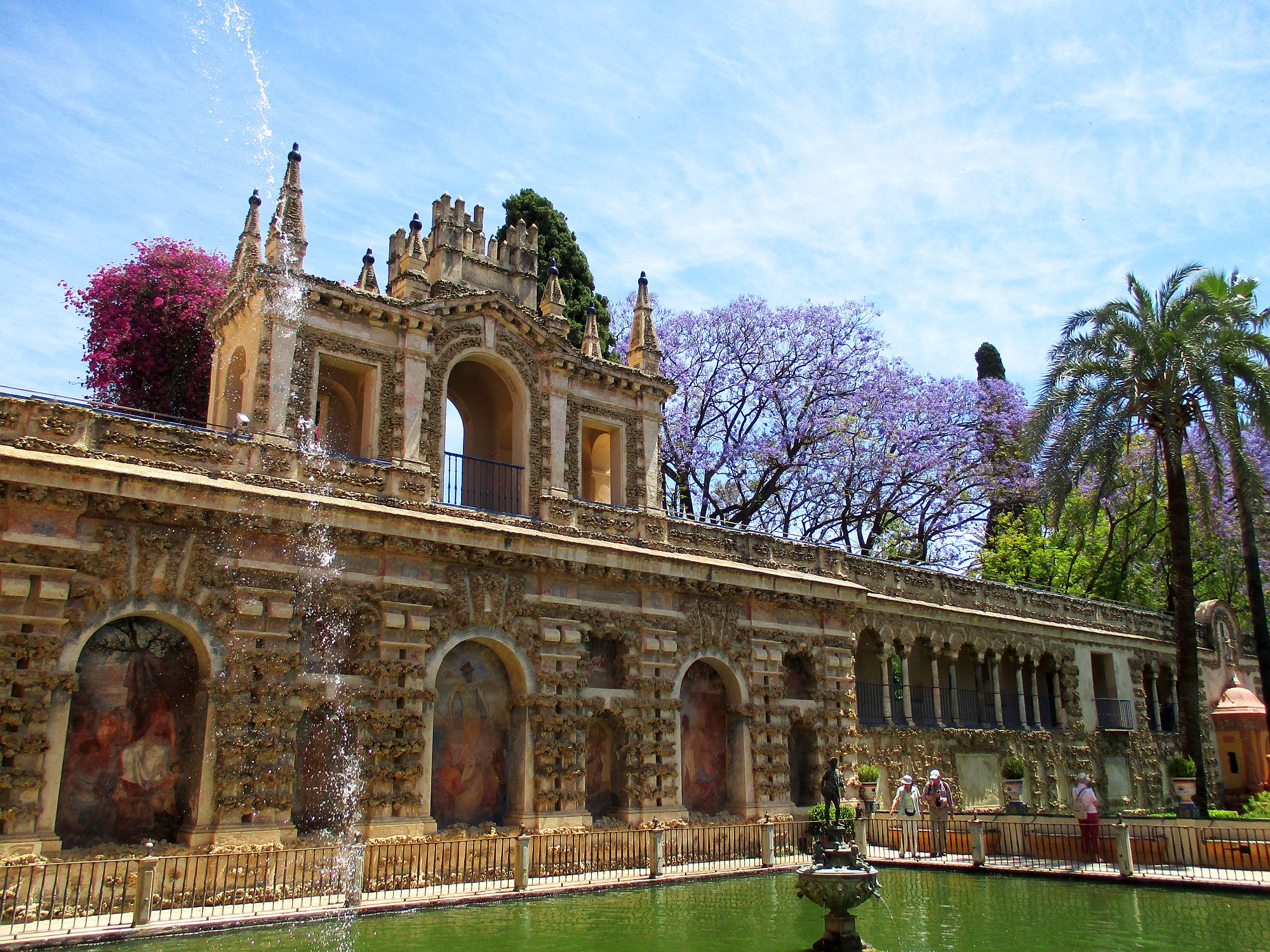

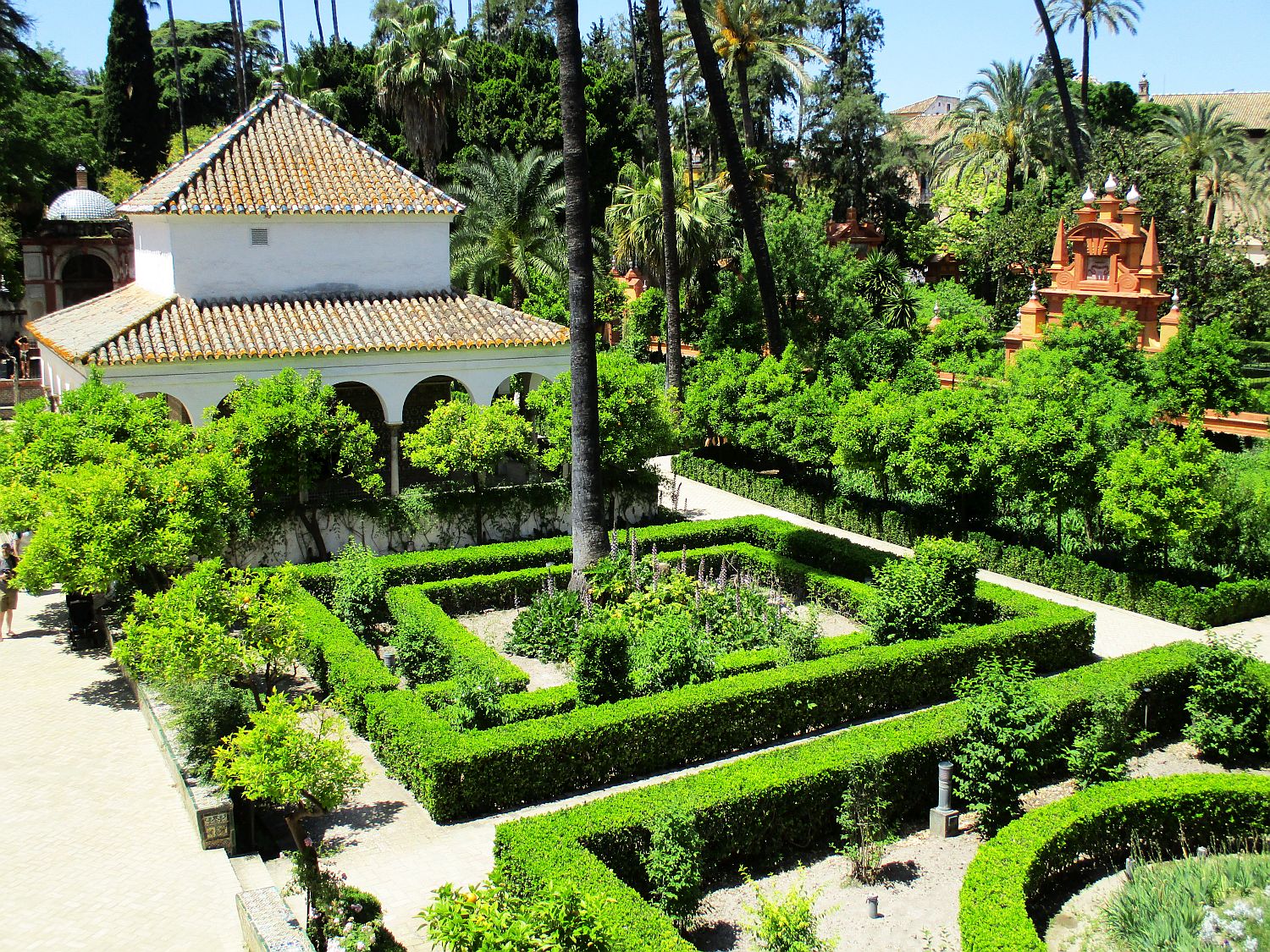
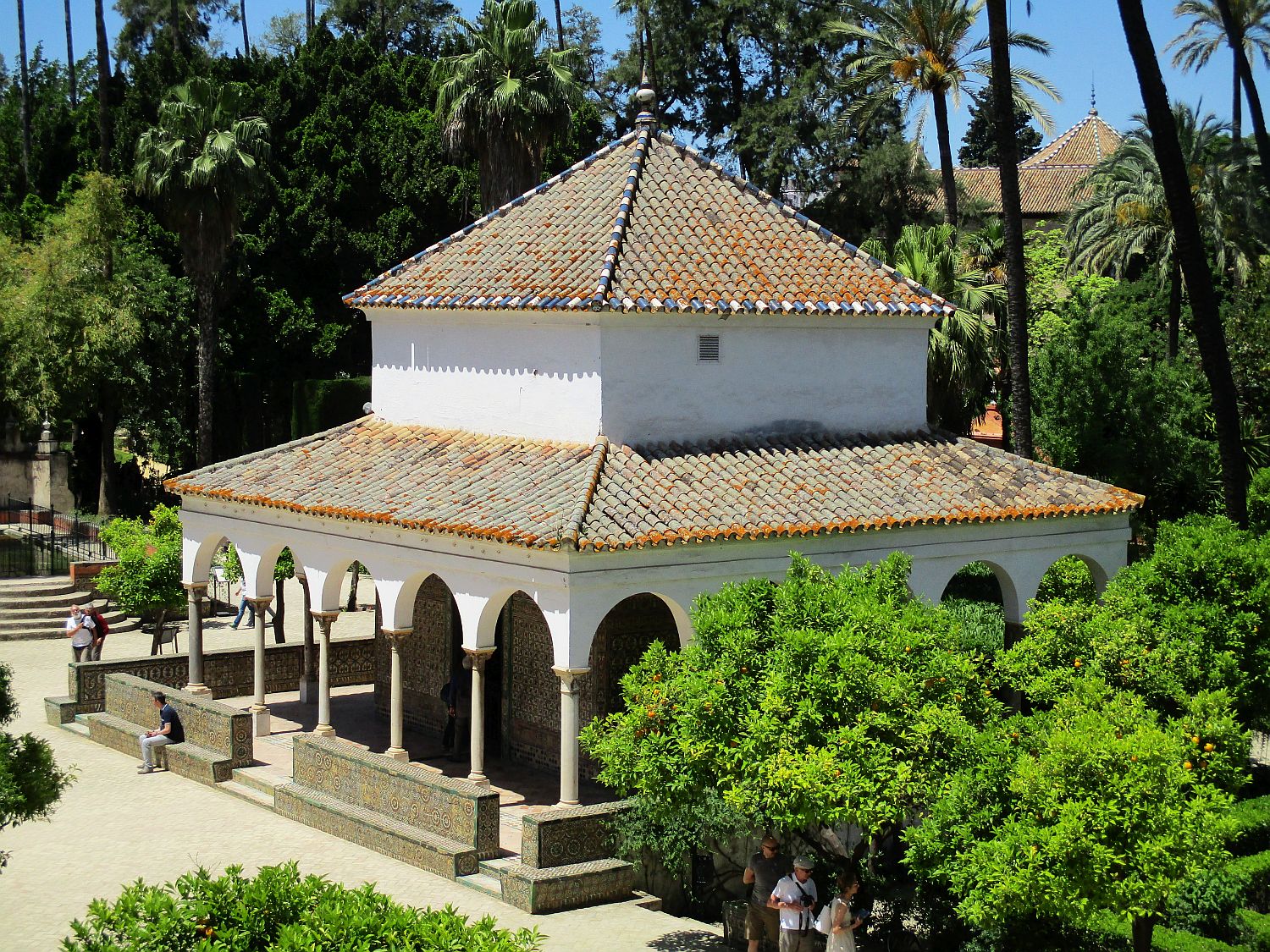


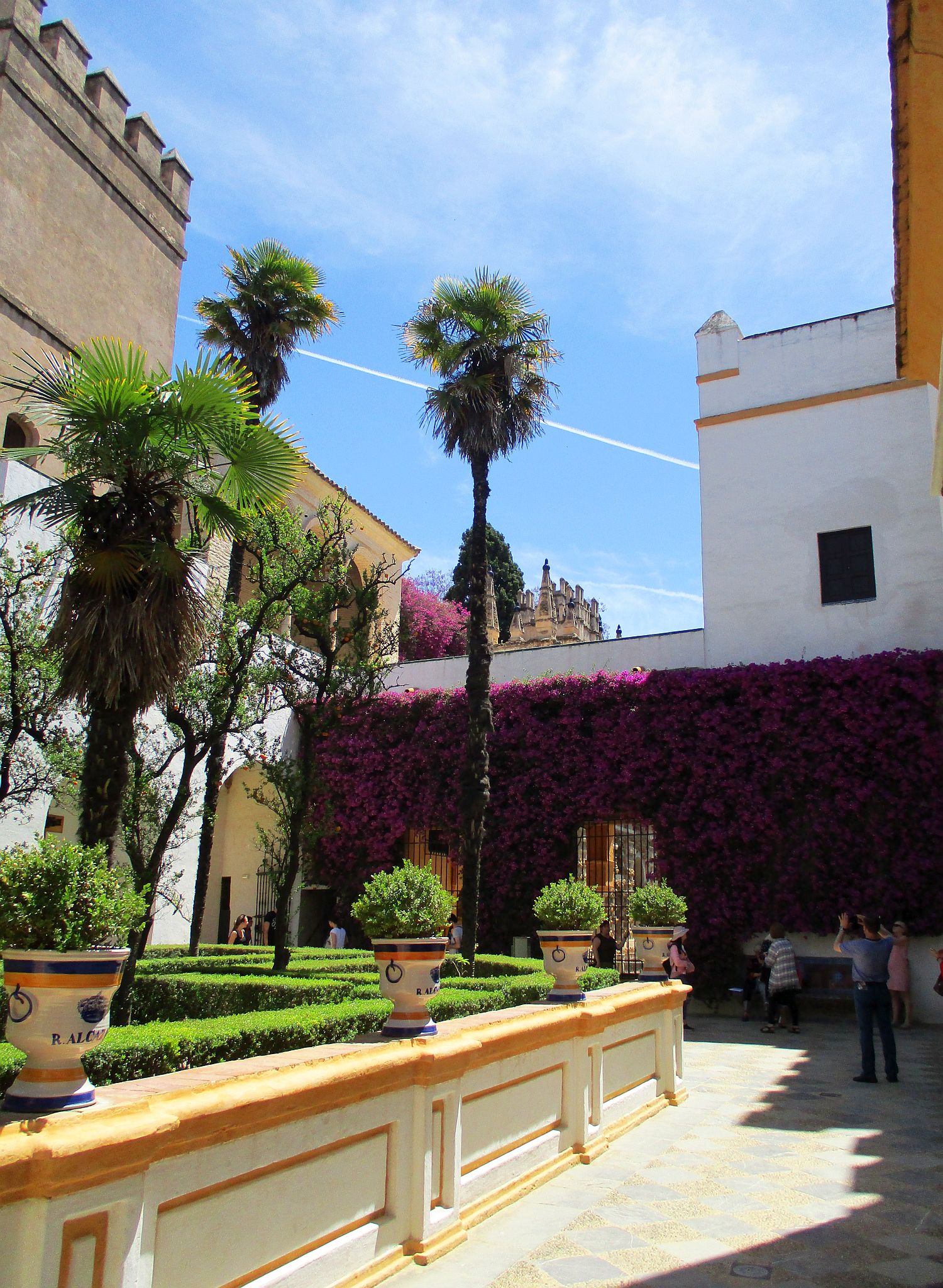
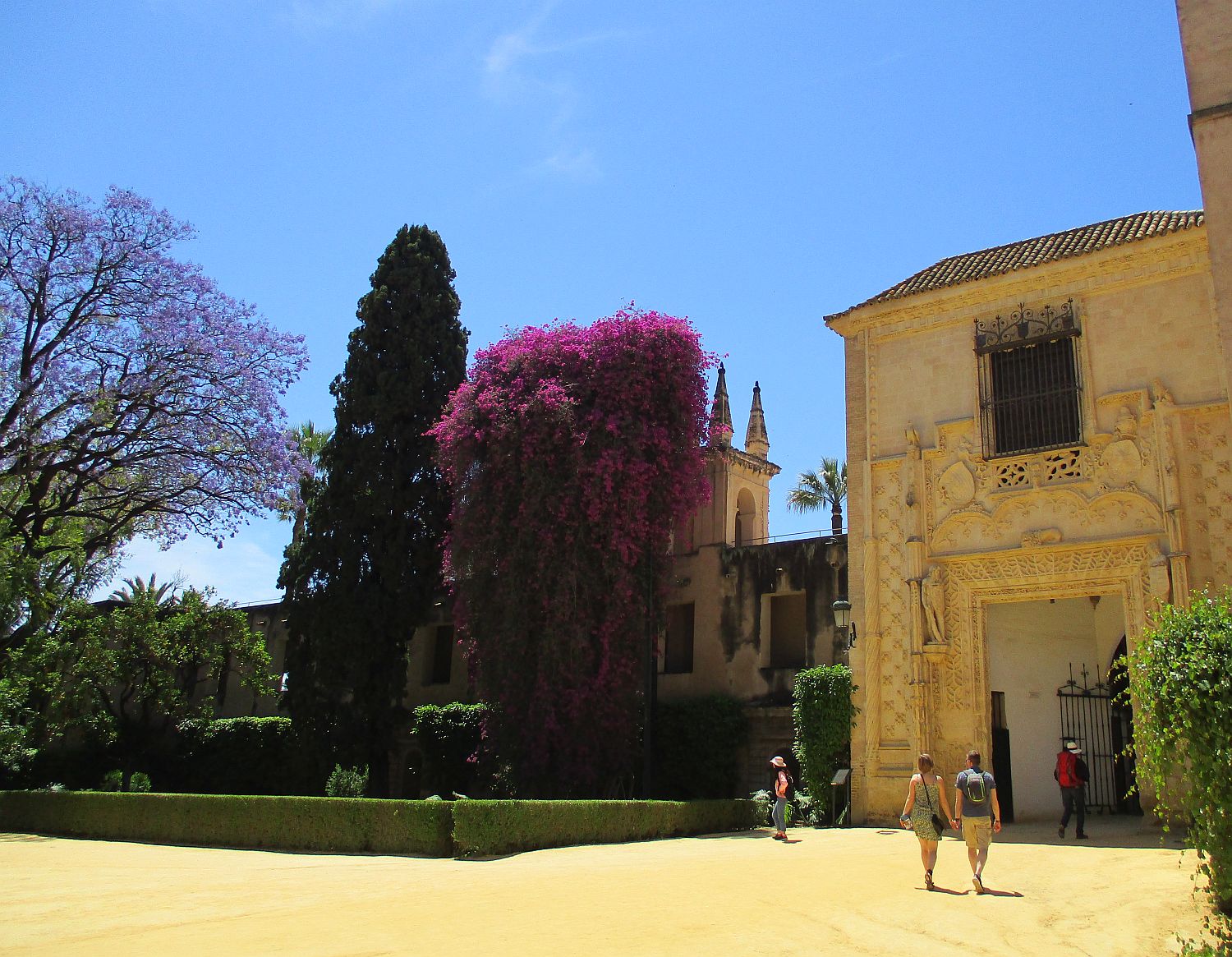
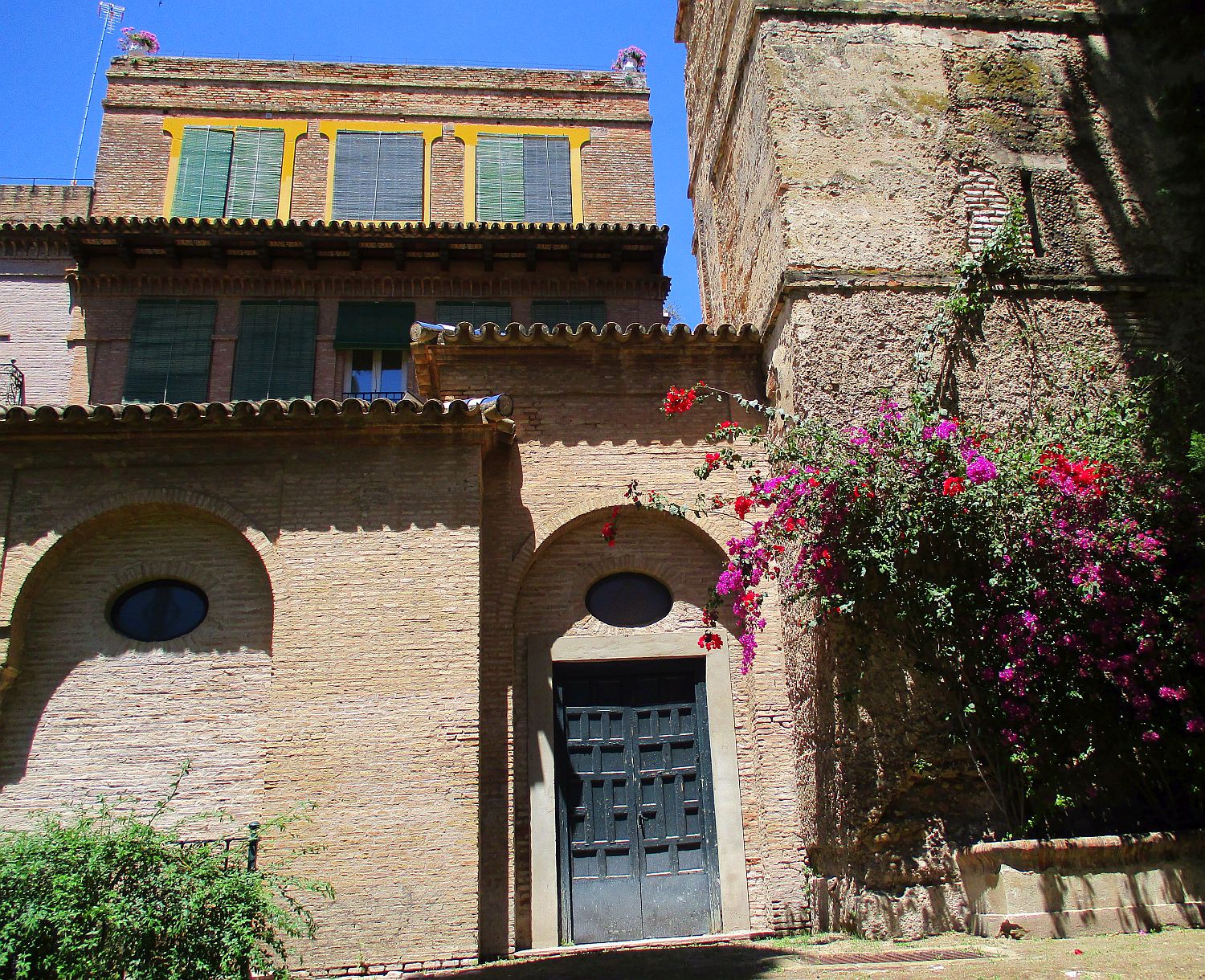
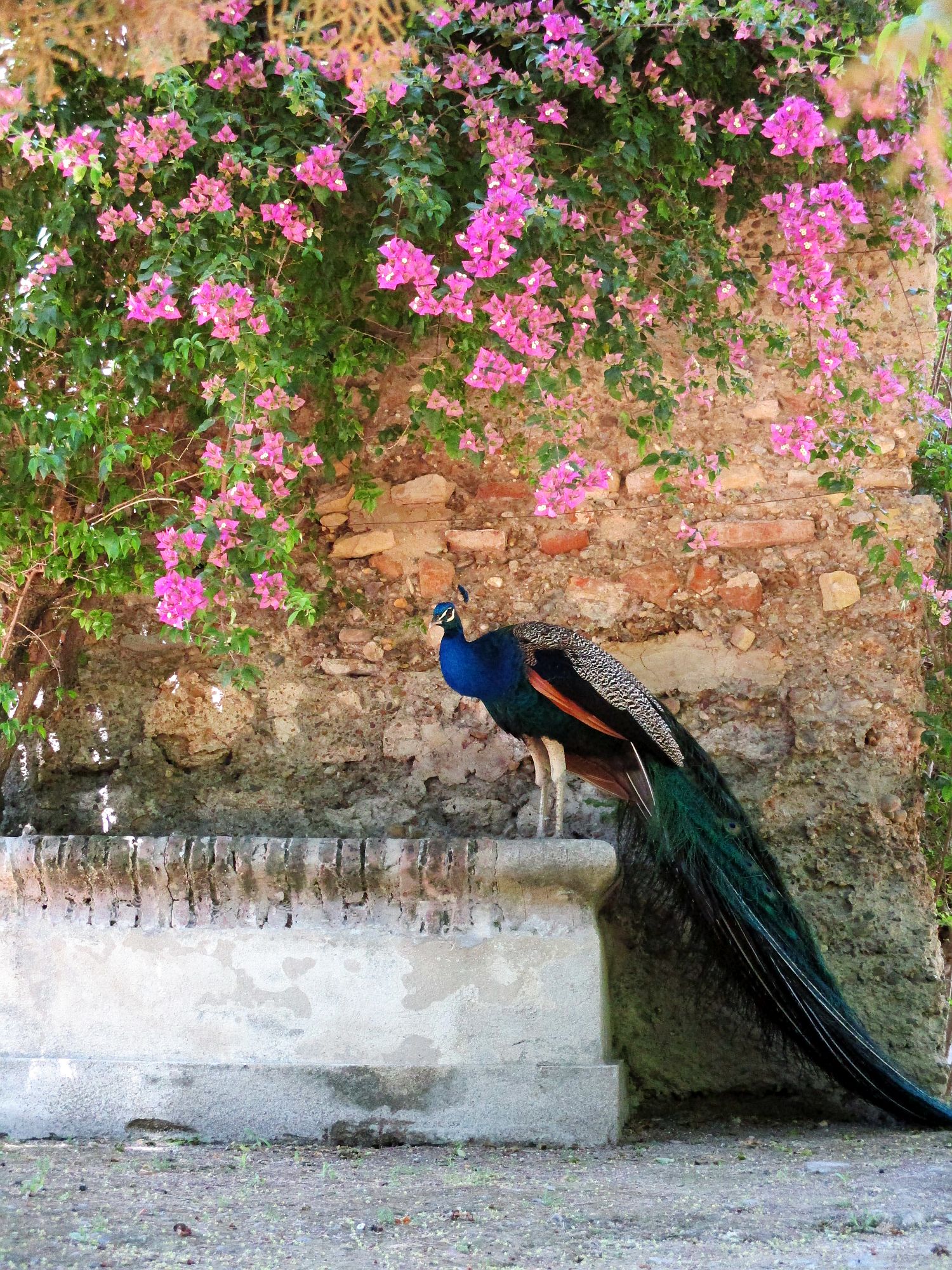
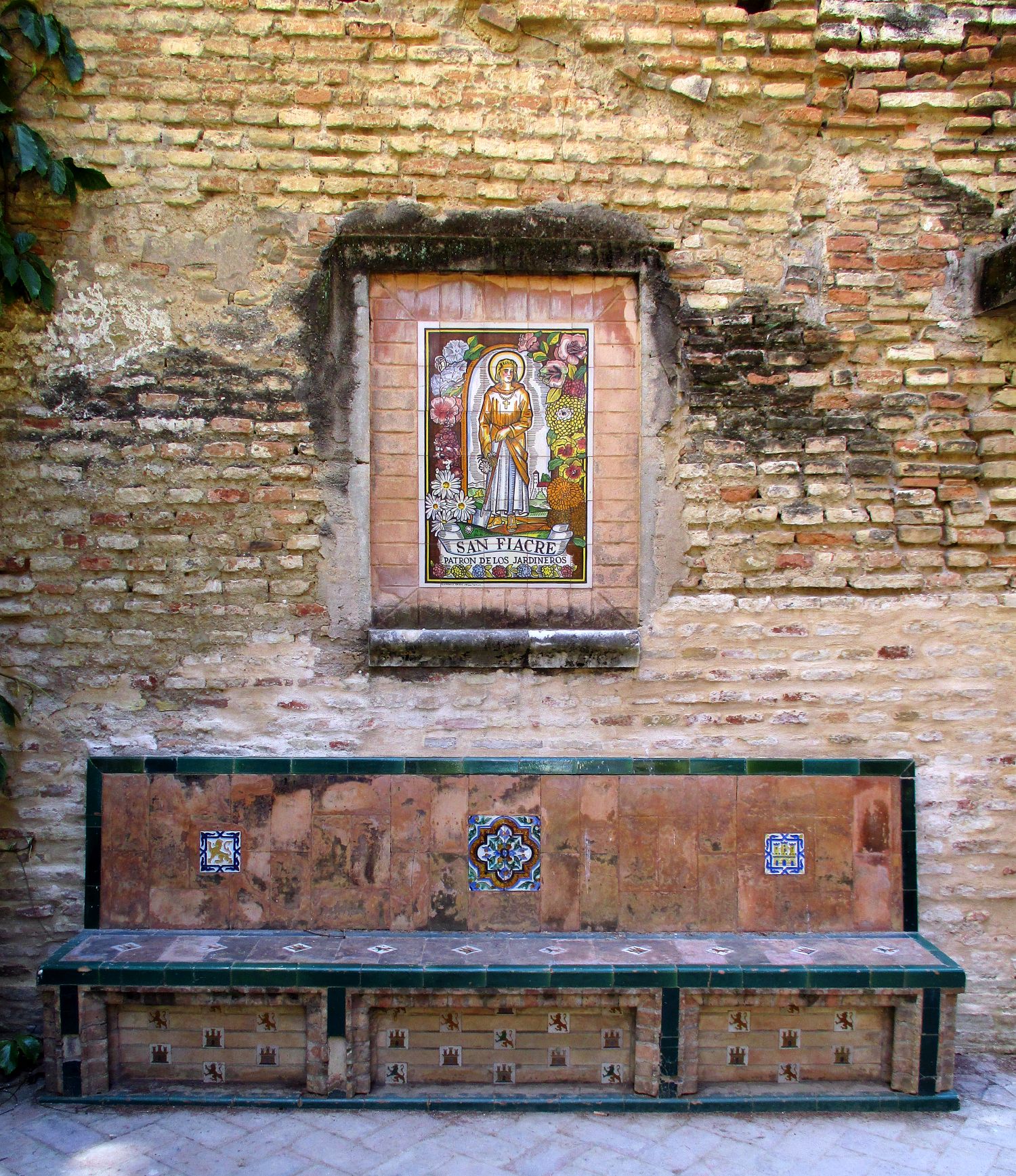
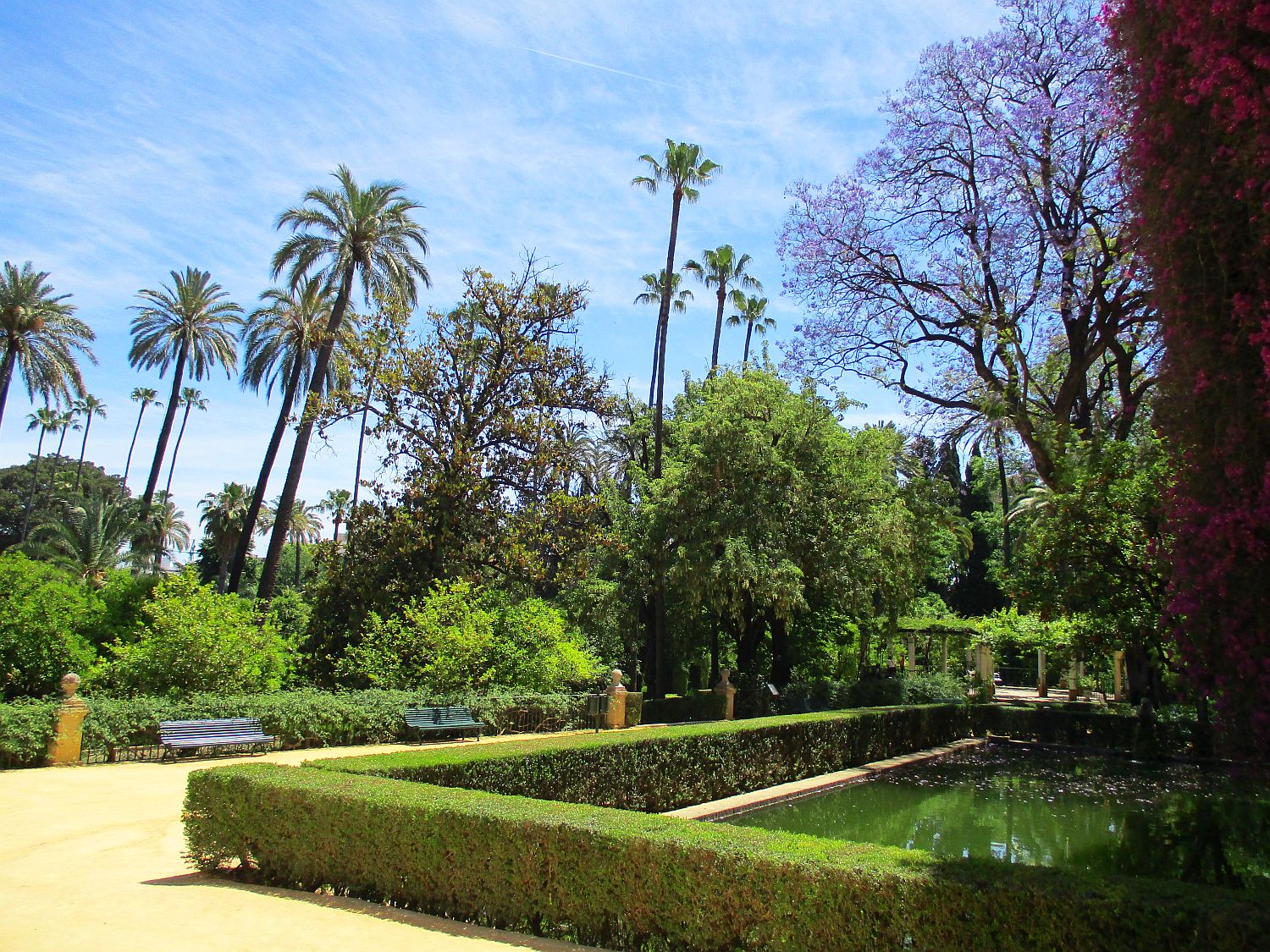
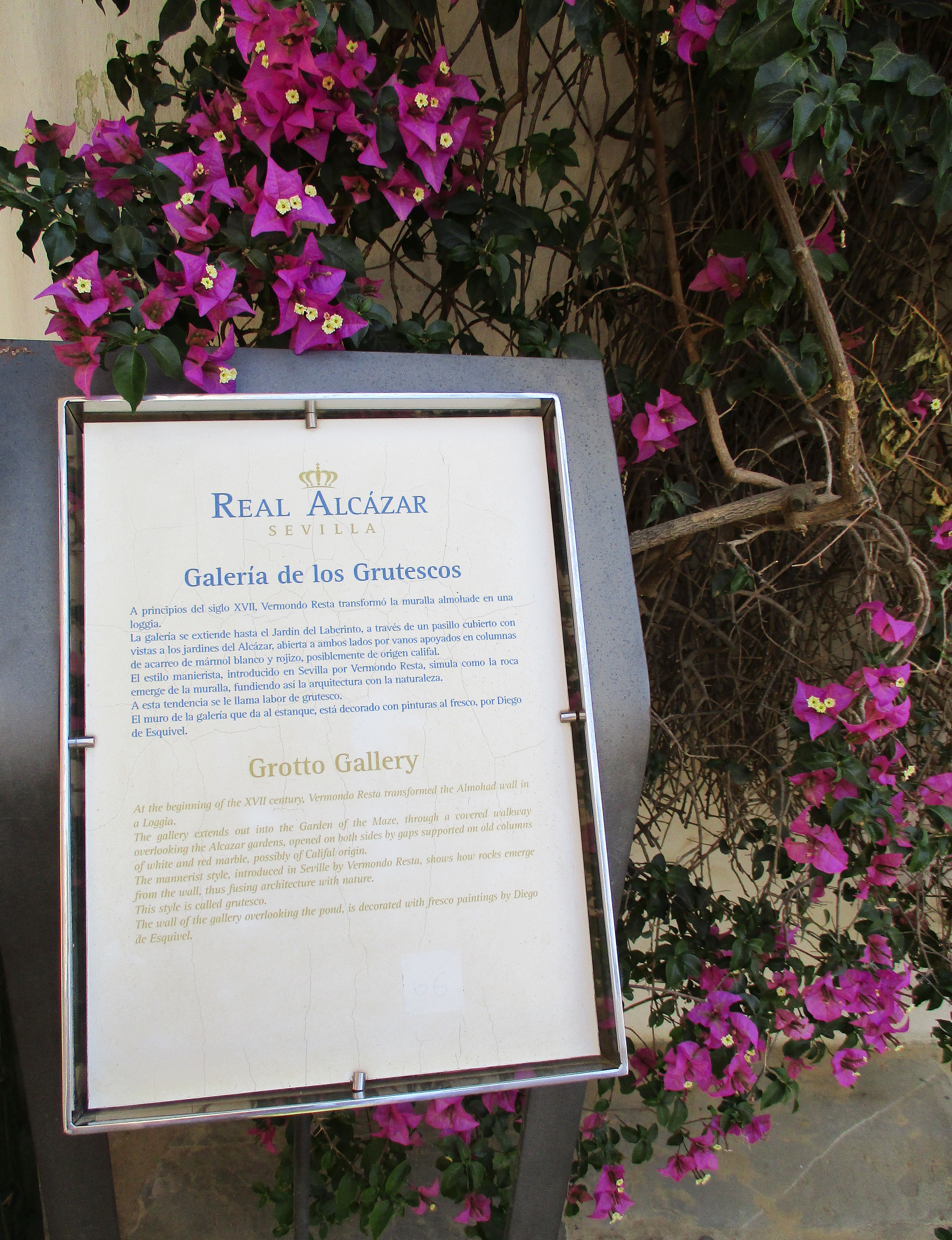
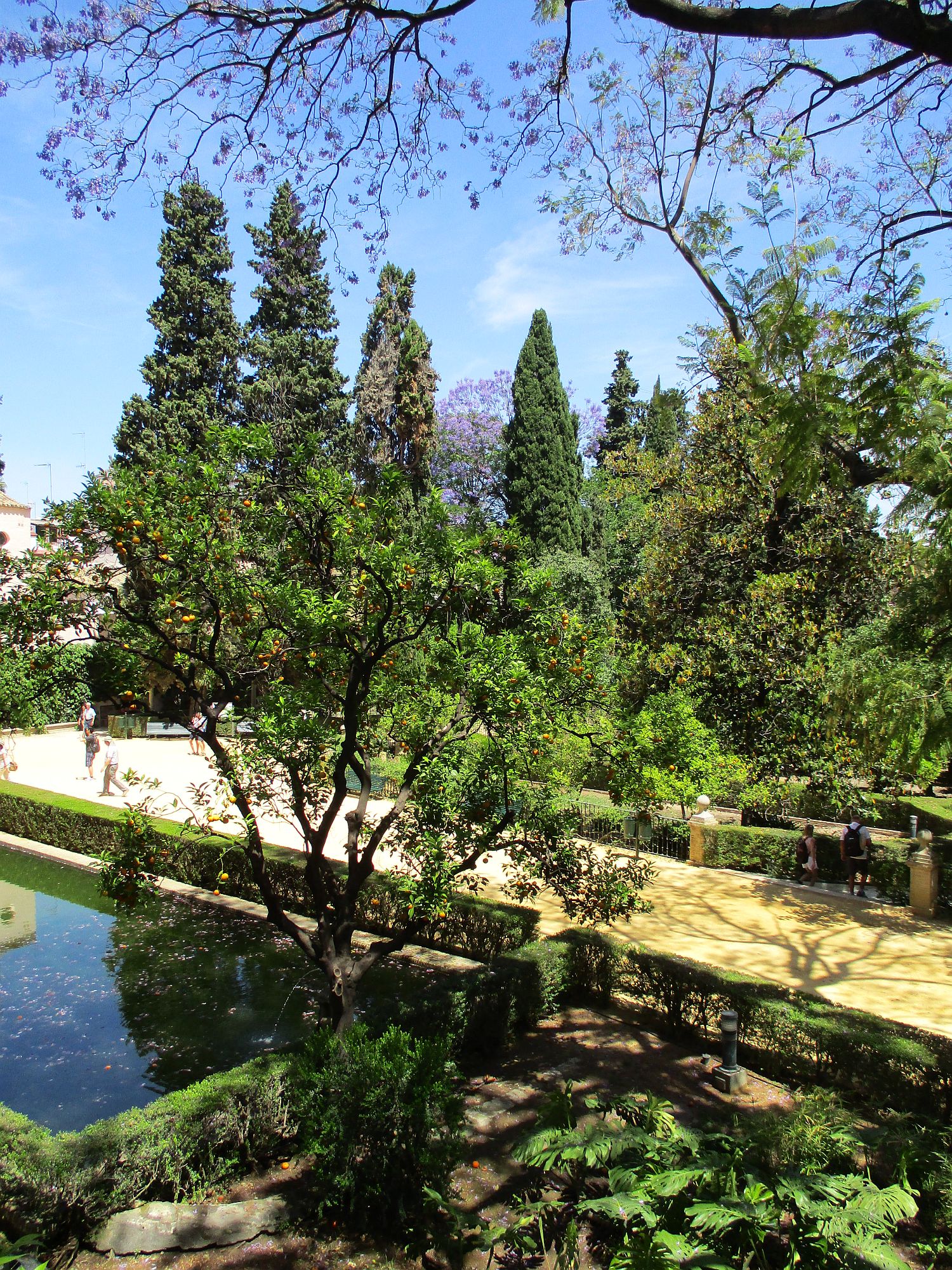
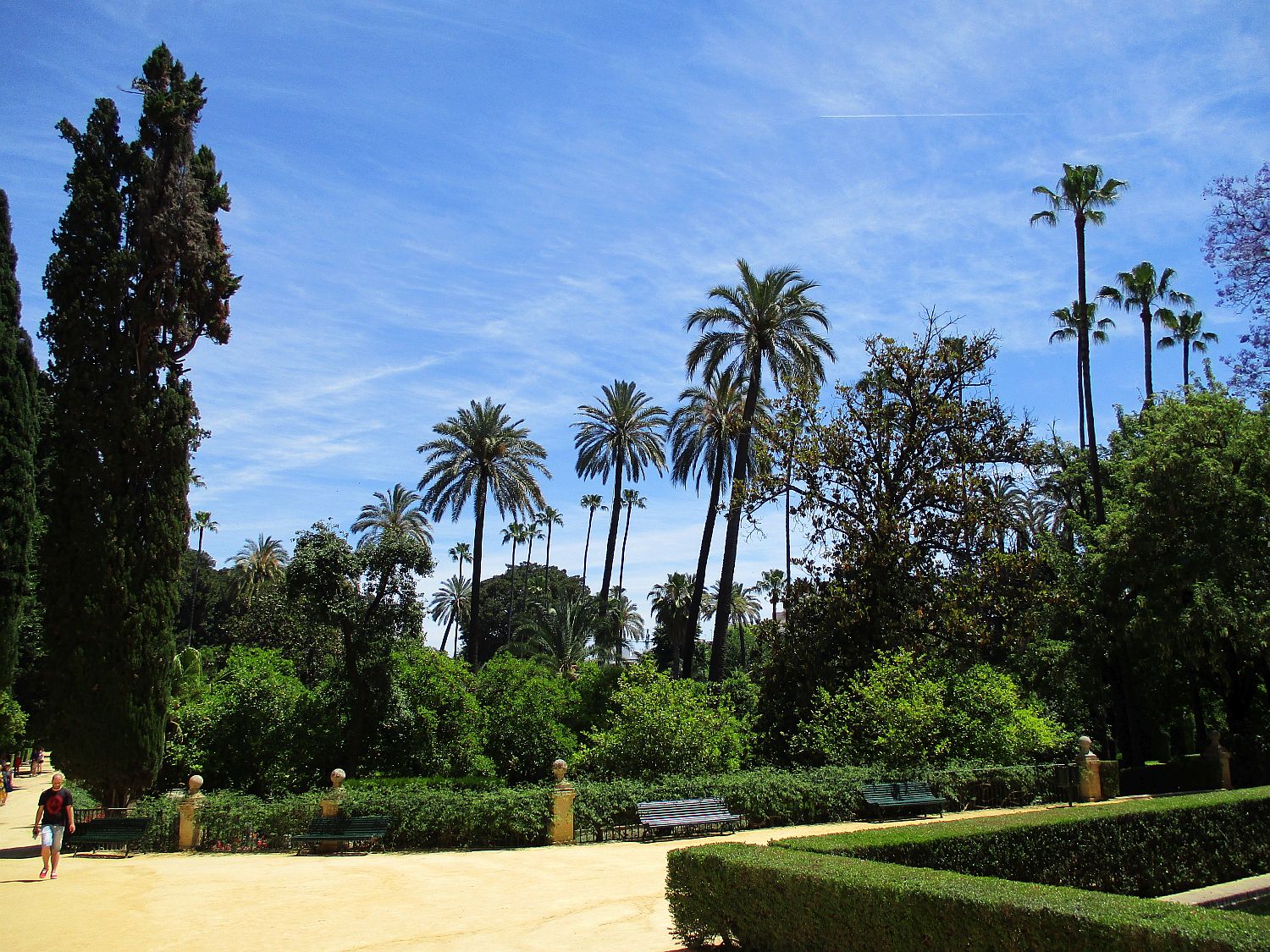
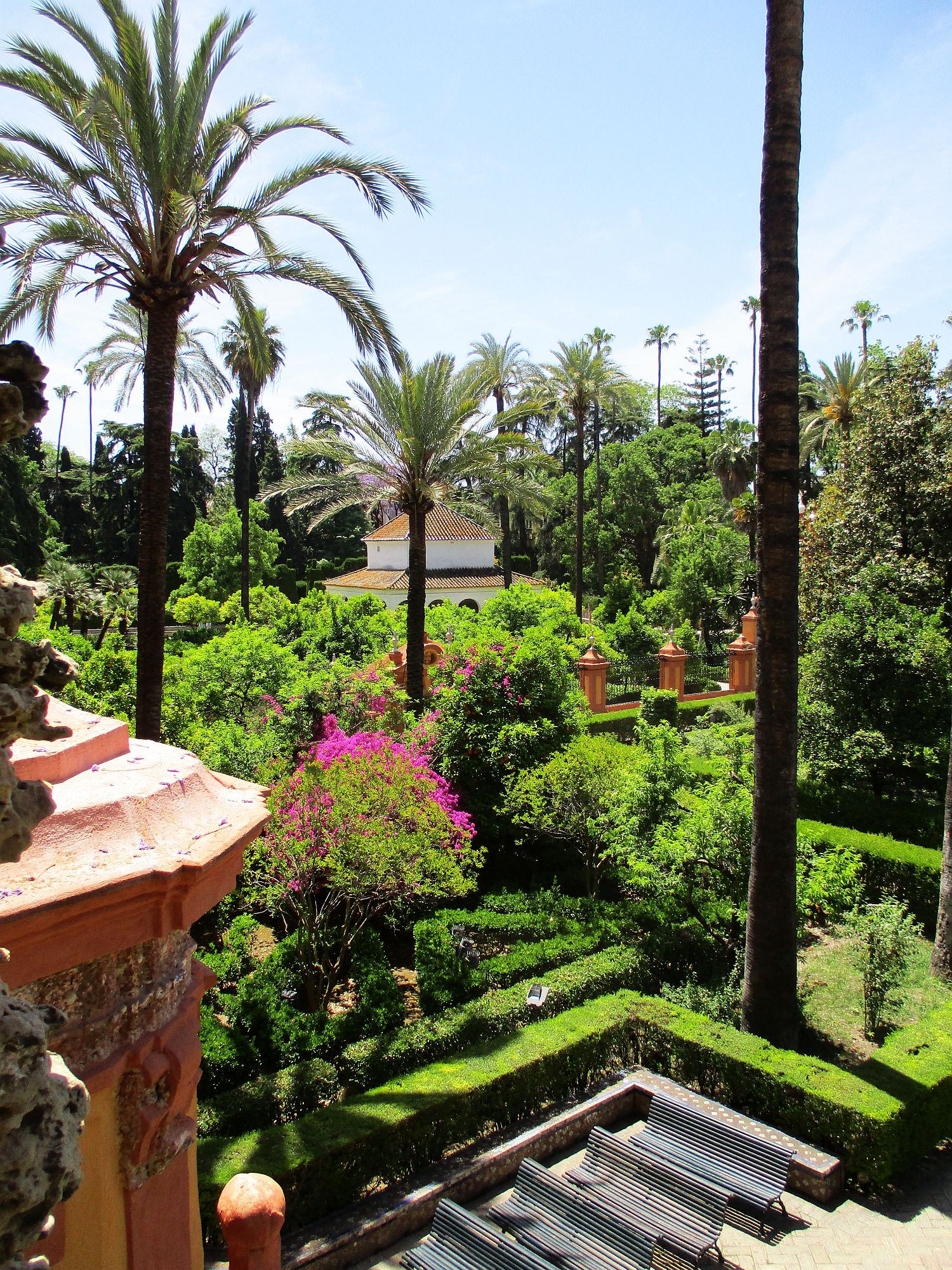
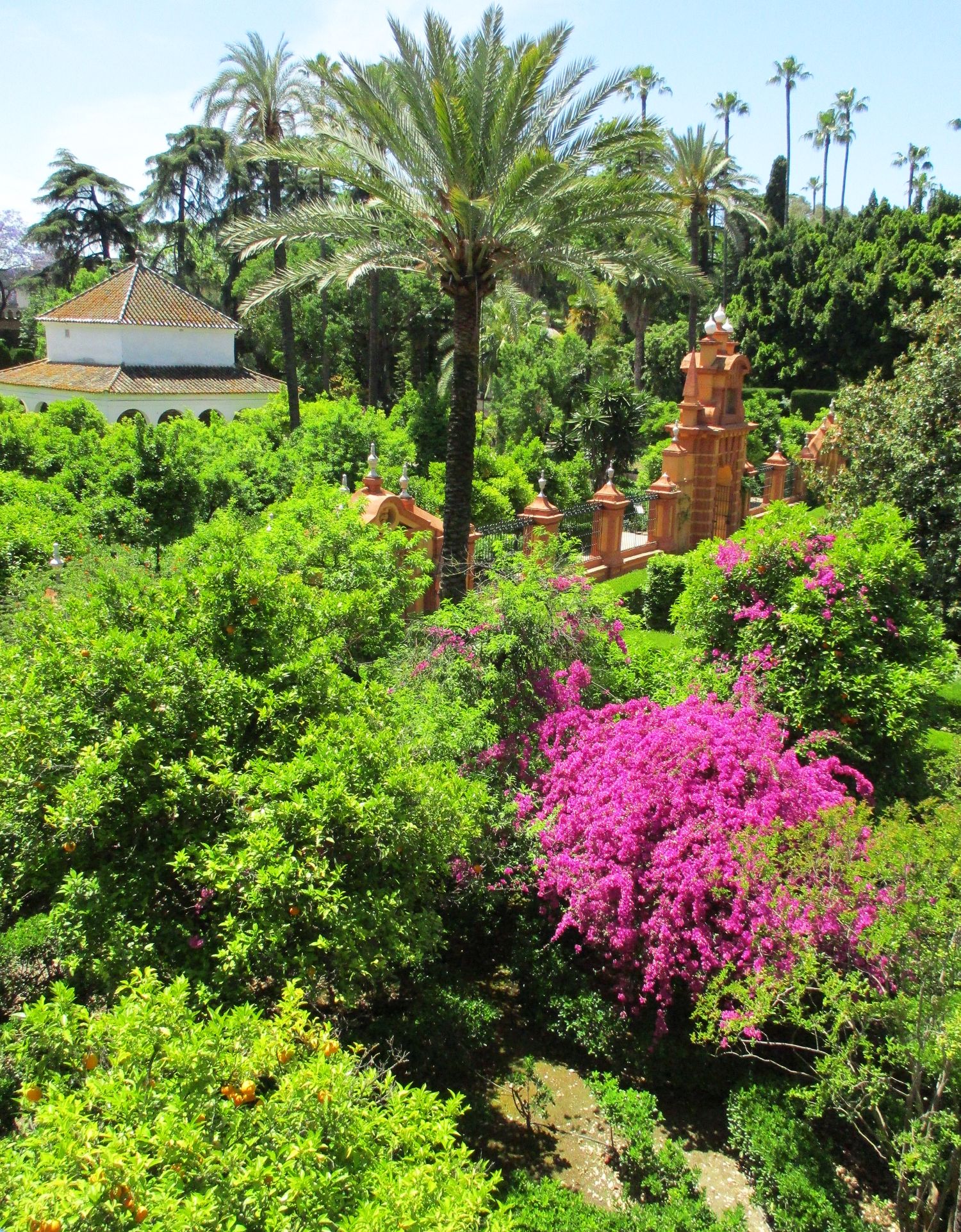
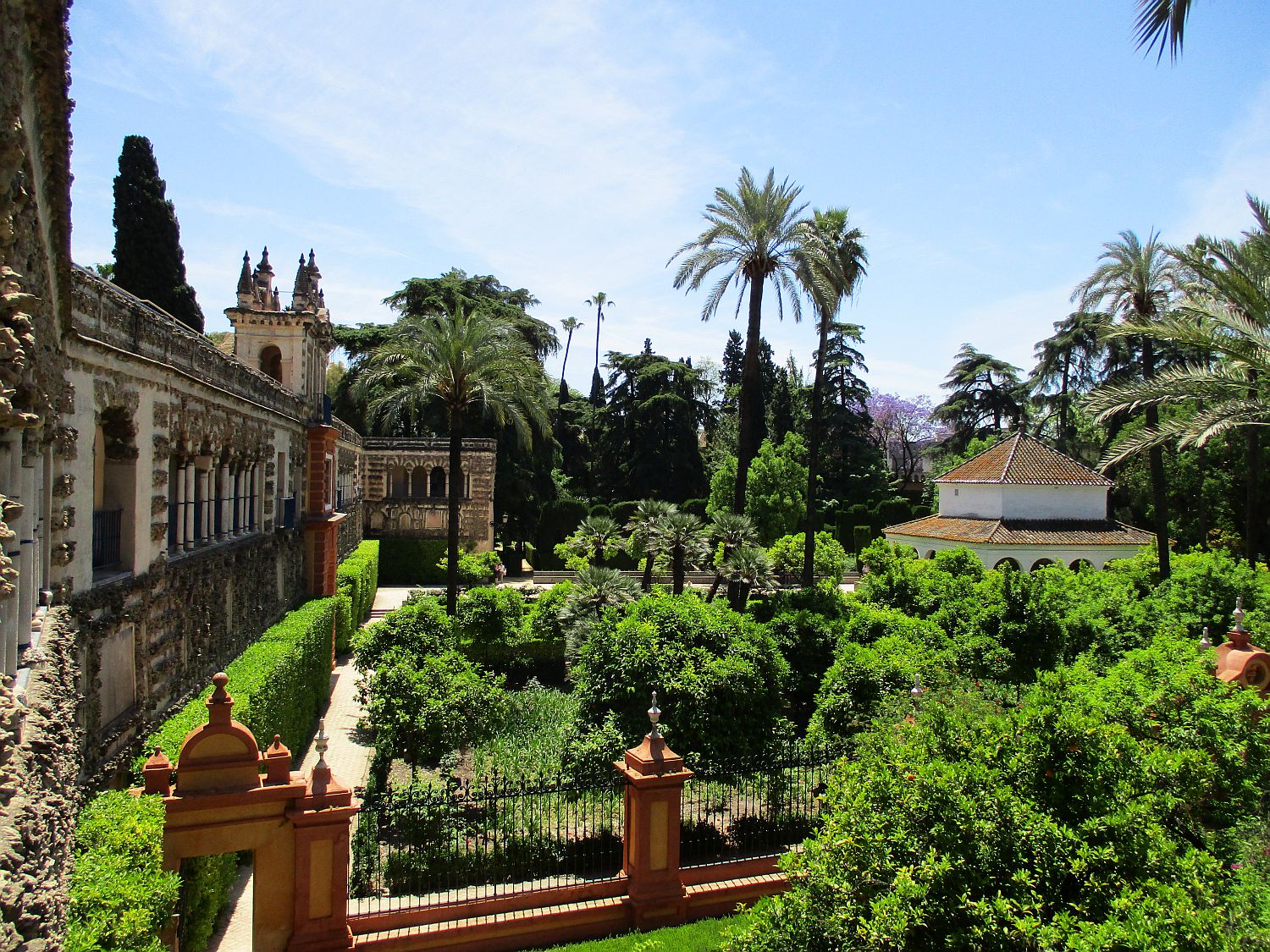
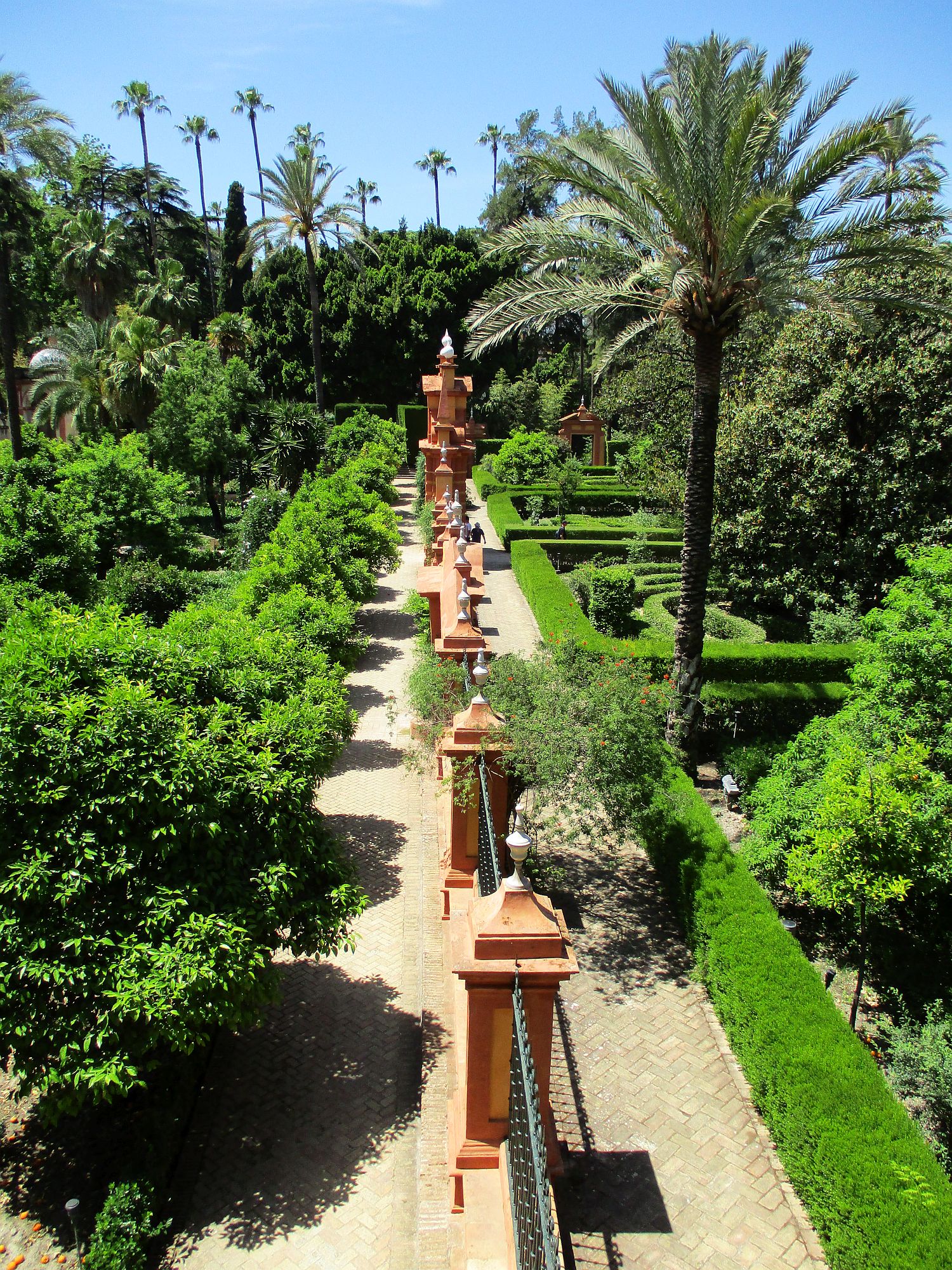
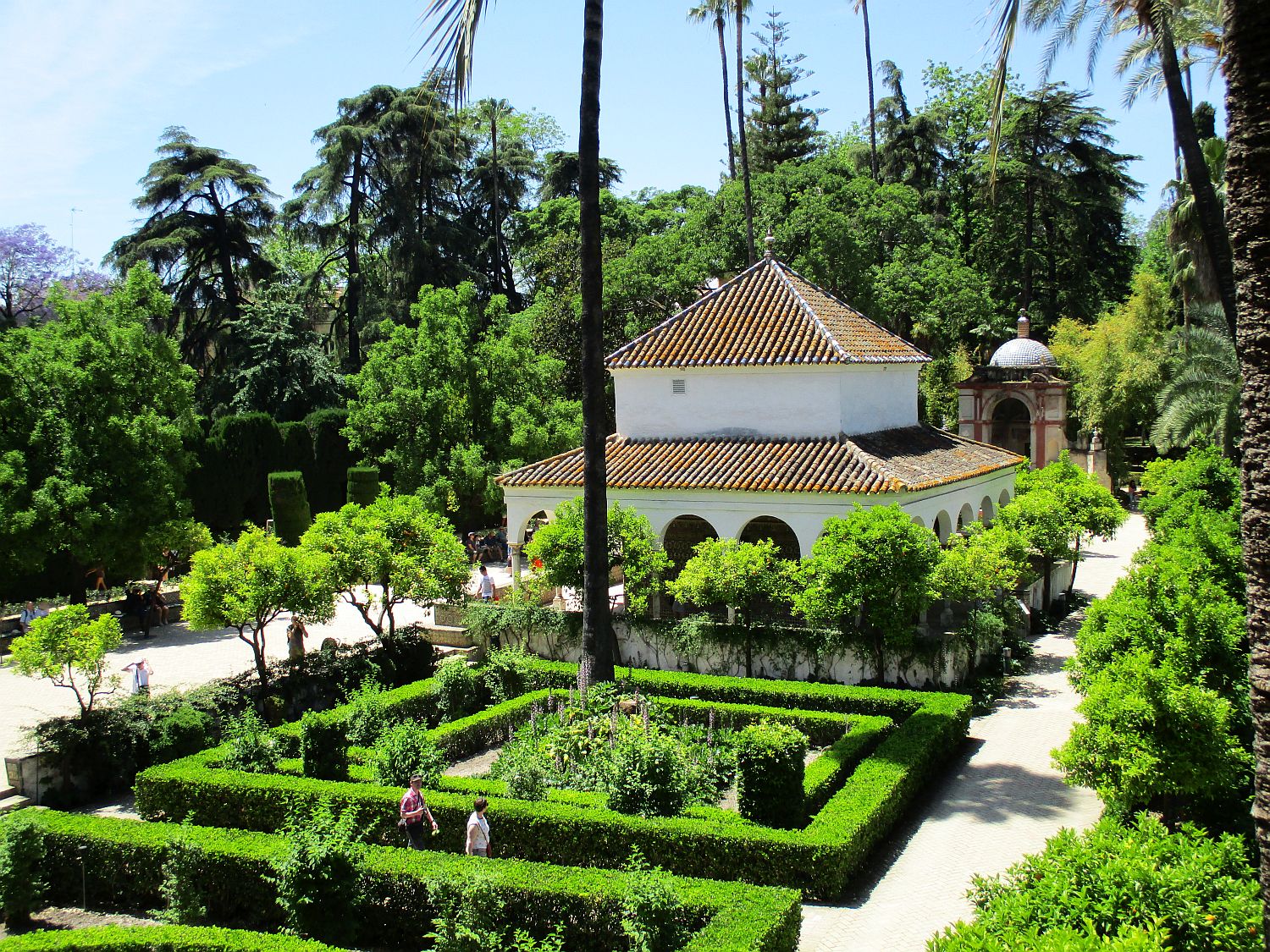
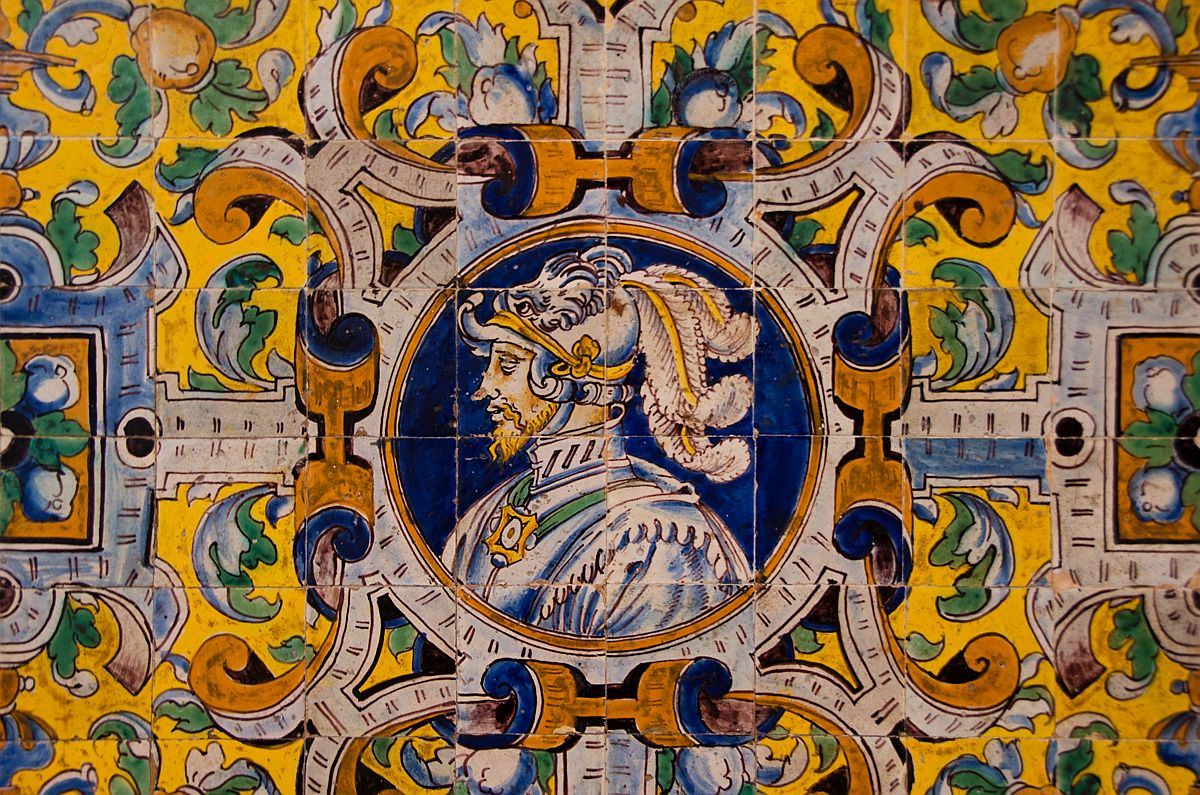
Majestic and magnificent, the gardens are certainly taking you into another world, wandering through centuries and styles, a memorable experience that envelops and conquers your soul.
Photo credits: personal archive Ruxandra Chiurtu, worldwanderista.com, Flickr